Разделы презентаций
- Разное
- Английский язык
- Астрономия
- Алгебра
- Биология
- География
- Геометрия
- Детские презентации
- Информатика
- История
- Литература
- Математика
- Медицина
- Менеджмент
- Музыка
- МХК
- Немецкий язык
- ОБЖ
- Обществознание
- Окружающий мир
- Педагогика
- Русский язык
- Технология
- Физика
- Философия
- Химия
- Шаблоны, картинки для презентаций
- Экология
- Экономика
- Юриспруденция
THE HUNGER PROJECT
Содержание
- 1. THE HUNGER PROJECT
- 2. Слайд 2
- 3. When you think about
- 4. When you see those imageswhat thoughts arise?
- 5. When you see those images and have those thoughtswhat feelings follow?
- 6. What you’ve just described is a type
- 7. Famine is “an emergency”That’s how it gets
- 8. Famineaccounts for less than 10% of world hunger
- 9. The other 90%Chronic, persistent hungerDoesn’t look anything like “famine”
- 10. Chronic hungerCan be defined as
- 11. How many? 854 million people -
- 12. Progress?Is world hunger better, worse or the
- 13. Where is most chronic hunger?The rest in
- 14. Hunger in the U.S.?Yes – and many
- 15. Famine is…Fundamentally an issue of food –
- 16. Chronic hunger is fundamentallyNOTan issue of food
- 17. Consider IndiaA net exporter of food for
- 18. If food is not the answer?Chronic hunger
- 19. Question becomes:Why is this opportunity so diminished where chronic hunger persists?
- 20. 1996 study commissioned by UNICEFAsked why rates
- 21. Слайд 21
- 22. Conclusion:“The exceptionally high rates of malnutrition in
- 23. Слайд 23
- 24. Слайд 24
- 25. In India, since 2000More than 50,000 elected
- 26. In India, since 2000More than 100 local
- 27. In India, since 2001The Hunger Project’s Sarojini
- 28. Слайд 28
- 29. Ending Hunger In AfricaLeadershipMarginalization of Women FarmersInfrastructureHIV/AIDS
- 30. The Epicenter Strategy: 5 years to self-reliance!
- 31. PrinciplesLocal leadershipSelf-relianceGender EqualityPartnership with local governmentIntegrated strategy
- 32. Essence of the Epicenter strategy…to transform a
- 33. Four phases - overviewMobilization (1 year)“Tipping Point”
- 34. Phase 1: MobilizationSupport of local leaders
- 35. Phase 1: MobilizationSupport of local leadersVision, Commitment, & Action workshop (VCA)
- 36. Phase 1: MobilizationSupport of local leadersVCA workshopTrain volunteer leaders called “Animators”
- 37. Phase 1: MobilizationSupport of local leadersVCA workshopTrain AnimatorsAnimator Initiated Projects
- 38. Phase 1: MobilizationSupport of local leadersVCA workshopTrain AnimatorsAnimator Initiated Projects
- 39. Phase 1: MobilizationSupport of local leadersVCA workshopTrain AnimatorsAnimator Initiated Projects
- 40. Phase 1: MobilizationSupport of local leadersVCA workshopTrain AnimatorsAnimator Initiated Projects Elect Epicenter Committee
- 41. Phase 2: Tipping PointChief donates land
- 42. Phase 2: Tipping PointChief donates landLearn to make concrete blocks
- 43. Phase 2: Tipping PointChief donates landLearn to make concrete blocksBuild the epicenter building
- 44. Phase 2: Tipping PointChief donates landLearn to make concrete blocksBuild the epicenter buildingSubcommittees for health, education…
- 45. Phase 2: Tipping PointChief donates landLearn to
- 46. Phase 2: Tipping PointChief donates landLearn to
- 47. Слайд 47
- 48. Phase 3: Progress in all sectors
- 49. Phase 3: Progress on All FrontsCommunity Farm
- 50. Phase 3: Progress on All FrontsCommunity FarmFood bank
- 51. Phase 3: Progress on All FrontsCommunity FarmFood bankWomen Empowerment Project (WEP)
- 52. Phase 3: Progress on All FrontsCommunity FarmFood bankWomen Empowerment ProjectMobilize savings
- 53. Phase 3: Progress on All FrontsCommunity FarmFood bankWomen Empowerment ProjectMobilize savingsBank Certification
- 54. Phase 4: Self-relianceLow IMR, MMRWater & sanitationHalt
- 55. $8 per person per year over 5 years
- 56. The next great challenge"The last 50 years
- 57. Ghana Epicenter Scale-up DemonstrationEastern Region – already
- 58. Ghana - Eastern Region Scale-upEpicenters
- 59. Слайд 59
- 60. The Hunger ProjectFounded in 1977 Currently working
- 61. The Hunger ProjectGiving more than 22 million people the opportunity to improve their lives
- 62. The Hunger Project2006 Global budget = $13.5
- 63. The Hunger Project - FundingInvestment or charity?Investing
- 64. The Hunger Project - FundingHow much to
- 65. Current Funding SourcesGlobal Investment Group (GIG) –
- 66. Слайд 66
- 67. How can I participate?Become an investorMake a
- 68. Service Delivery vs. Empowerment
- 69. Service Delivery vs. Empowerment
- 70. Скачать презентанцию
When you think about “world hunger”what are the first images that come
Слайды и текст этой презентации
Слайд 1THE
HUNGER
PROJECT
A strategic organization committed to the sustainable end of chronic
hunger
Слайд 6What you’ve just described is a type of hunger called
“famine” -
defined as “a severe interruption in an already vulnerable
area caused by natural and or/man-made disaster – for example, drought, earthquake, war…”Слайд 7Famine is “an emergency”
That’s how it gets into the TV
news, onto the headlines,
and into our minds as the main kind of severe hunger we knowСлайд 10Chronic hunger
Can be defined as
“not enough of the right kind of food over a long period of time”
Unlike famine, chronic hunger is
invisible and silent –
even when you are looking right at it.
Слайд 11How many?
854 million people -
roughly 1 in 7
people in our world
Today and everyday,
20,000 will die as
a consequence of chronic hunger – ¾ under 5 years old.
Not from starvation,
but from diarrhea, flu, and other basic illnesses that we’ve all had and survived because we were not chronically hungry.
Слайд 12Progress?
Is world hunger better, worse or the same today as
it was in the 1970’s?
1977 estimate =
41,000 deaths per
dayEvery headline today could read:
Humanity cuts hunger by half in 30 years!
Слайд 13Where is most chronic hunger?
The rest in Latin America, mostly
amongst indigenous people, and in other parts of Asia
29% in
sub-Saharan Africa35% in South Asia (India, Bangladesh, Pakistan and Nepal)
Слайд 14Hunger in the U.S.?
Yes – and many great organizations are
addressing it –
it’s the severity and prevalence in South
Asia, Africa and Latin America that are so much higherThe Hunger Project is focused where chronic hunger is most widespread and severe
Слайд 17Consider India
A net exporter of food for decades since the
Green Revolution improved their agriculture in the 1950s and 1960s.
Today
has more than 40 million tons of grain in storageAND today - 47% of all children in India are malnourished – worse than Africa
Слайд 18If food is not the answer?
Chronic hunger is best understood
as an issue of opportunity
It occurs when people lack the opportunity to translate a full day’s work into enough:
Food
Money
Education
Health care
Voice in decisions affecting their lives
Слайд 201996 study commissioned by UNICEF
Asked why rates of malnutrition
in South
Asia were so much higher than most African countries,even though all other indicators such as economic growth, agricultural production, infrastructure – all suggested the opposite should be true?
Слайд 22Conclusion:
“The exceptionally high rates of malnutrition in South Asia are
rooted deep in the soil of inequality between men and
women”Study revealed that severe discrimination against women and girls gives rise to “a cycle of malnutrition”
Слайд 25In India, since 2000
More than 50,000 elected women representatives in
14 states have completed the 3-day, residential
Women’s Leadership Workshop.Слайд 26In India, since 2000
More than 100 local Indian
non-governmental organizations
are
now partnering with The Hunger Project to provide ongoing trainings
and support to these women as they work to transform the quality of life in their villages.Слайд 27In India, since 2001
The Hunger Project’s Sarojini Naidu Prize for
Journalists Reporting on Women in the Panchayats
In 2001, 166 articles
were submittedIn 2006, 1517 articles were submitted
Awards ceremony on Gandhi’s birthday, October 2
2006 was hosted by the Ministry of the Panchayati Raj at the Minister’s residence
Слайд 31Principles
Local leadership
Self-reliance
Gender Equality
Partnership with local government
Integrated strategy vs. sectoral, i.e.
food production, income, education, health, nutrition, literacy et al…..all together
Minimal
external inputsAffordable, replicable, sustainable
Слайд 32Essence of the Epicenter strategy
…to transform a culture of dependency,
resignation, despair and discrimination against women and girls…
… to one
of responsibility, self-reliance, and gender equality.Слайд 33Four phases - overview
Mobilization (1 year)
“Tipping Point” (1 year)
Progress on
all fronts (3 years)
Self-reliance
Demand-driven – people move when they are
readyСлайд 36Phase 1: Mobilization
Support of local leaders
VCA workshop
Train volunteer leaders called
“Animators”
Слайд 37Phase 1: Mobilization
Support of local leaders
VCA workshop
Train Animators
Animator Initiated Projects
Слайд 38Phase 1: Mobilization
Support of local leaders
VCA workshop
Train Animators
Animator Initiated Projects
Слайд 39Phase 1: Mobilization
Support of local leaders
VCA workshop
Train Animators
Animator Initiated Projects
Слайд 40Phase 1: Mobilization
Support of local leaders
VCA workshop
Train Animators
Animator Initiated Projects
Elect Epicenter Committee
Слайд 43Phase 2: Tipping Point
Chief donates land
Learn to make concrete blocks
Build
the epicenter building
Слайд 44Phase 2: Tipping Point
Chief donates land
Learn to make concrete blocks
Build
the epicenter building
Subcommittees for health, education…
Слайд 45Phase 2: Tipping Point
Chief donates land
Learn to make concrete blocks
Build
the epicenter building
Subcommittees for health, education, etc.
HIV/AIDS Gender Inequality workshop
Слайд 46Phase 2: Tipping Point
Chief donates land
Learn to make concrete blocks
Build
the epicenter building
Subcommittees for health, education, etc.
HIV/AIDS Gender Inequality workshop
Inauguration!
Слайд 52Phase 3: Progress on All Fronts
Community Farm
Food bank
Women Empowerment Project
Mobilize
savings
Слайд 53Phase 3: Progress on All Fronts
Community Farm
Food bank
Women Empowerment Project
Mobilize
savings
Bank Certification
Слайд 54Phase 4: Self-reliance
Low IMR, MMR
Water & sanitation
Halt AIDS, Malaria
Sustainable livelihoods
Sustainable
environment
Men return from cities
Self-reliance, responsibility and gender equality
Authors of their
own developmentWomen as leaders
Слайд 56The next great challenge
"The last 50 years of development practice
have shown that project success is not enough. The greatest
technical challenge lies not in identifying the right interventions or making them work in one village—but in taking known interventions to scale.“ Investing in Development: A practical plan to Achieving the Millennium Development Goals, UN Millennium Project Report 2005Слайд 57Ghana Epicenter Scale-up Demonstration
Eastern Region – already mobilized 7 epicenters
Not
too far from the capital - Accra
16 rural districts –
1.3 million rural peopleGood cooperation with local government
Слайд 60The Hunger Project
Founded in 1977
Currently working in 13 developing
countries:
West Africa – Benin, Burkina Faso, Ghana, Senegal
East Africa –
Ethiopia, UgandaSouthern Africa – Malawi, Mozambique
South Asia – India, Bangladesh
Latin America – Mexico, Peru, Bolivia
Слайд 62The Hunger Project
2006 Global budget = $13.5 million
248 staff worldwide
150,000
volunteer leaders
Staff and volunteers are all indigenous – no outsiders
lead our programs in developing countries79% $$ for Programs
21% $$ for Administration and Fundraising
Charity Navigator – Four star rating (their highest)
Слайд 63The Hunger Project - Funding
Investment or charity?
Investing as co-equal, strategic
partners in creating a future free from hunger.
Investing to have
a meaningful personal stake in the historic process of ending hungerInvesting as an intervention in our own complacency, consumerism, and status quo.
Investing to obtain a substantial return – real, cost-effective, sustainable progress
Слайд 64The Hunger Project - Funding
How much to invest?
Highest Appropriate Level
Somewhere between
too low to remember that you did it
so high that it’s unrealistic and disempowering
How you know?
Inspired
Awakened
Courageous
Connected to partners throughout the world
Слайд 65Current Funding Sources
Global Investment Group (GIG) – individuals, families and
institutions at $5,000+/year (currently up to $1 million/year)
GIG provides more
than 75% of all our funding90% comes from $1,000+
Financial Family – monthly investment
Various high level opportunities
10% from Foundations and Corporations
Funding from 15 different countries
Слайд 67How can I participate?
Become an investor
Make a list of others
you think might be interested in learning about The Hunger
ProjectInvite others or host gatherings for others to learn about The Hunger Project
Learn to lead Hunger Project presentations
Learn more – www.thp.org
Contact The Hunger Project – locally or in New York at 212-251-9100 or info@thp.org
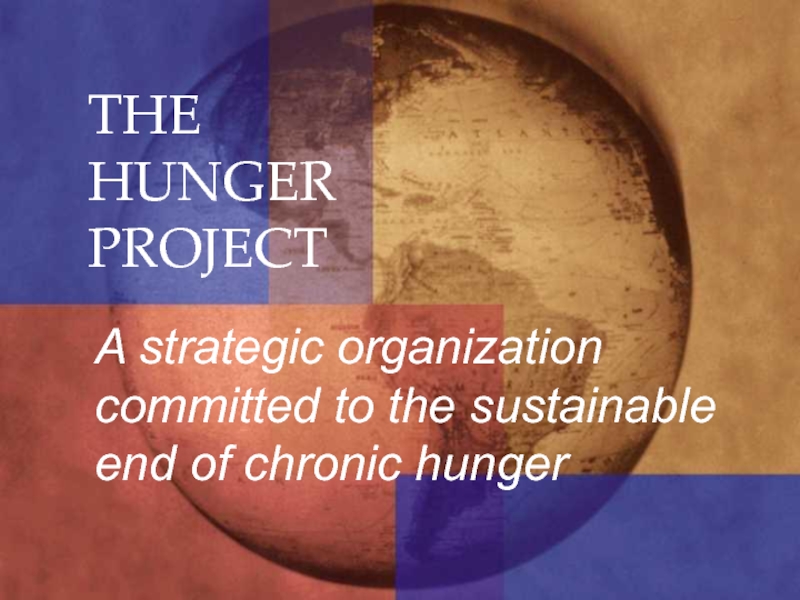
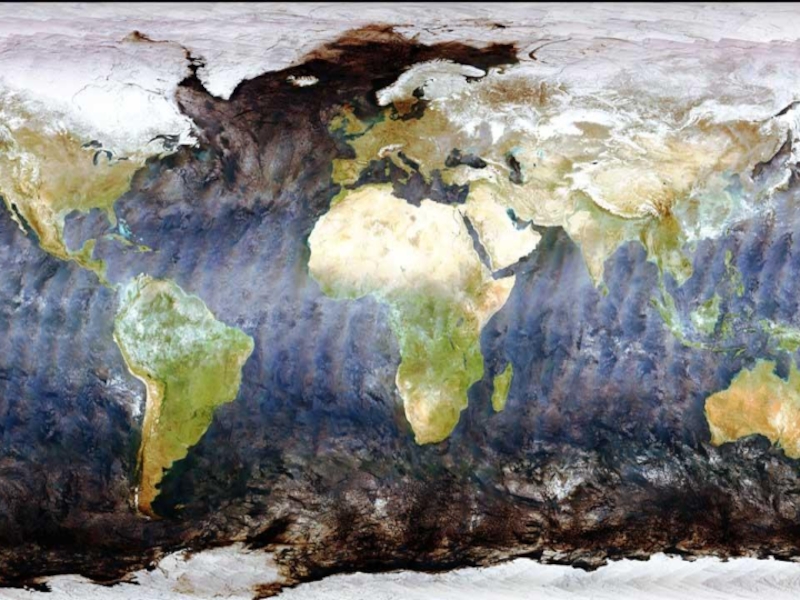
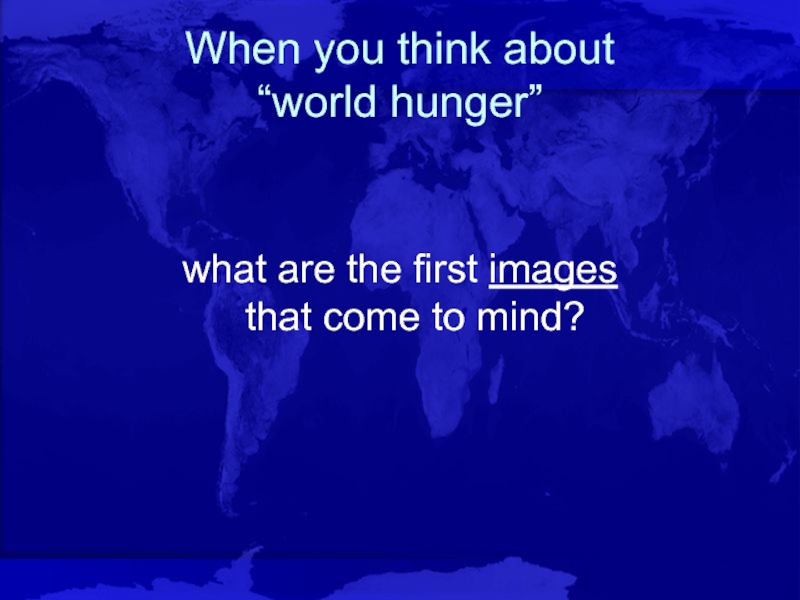

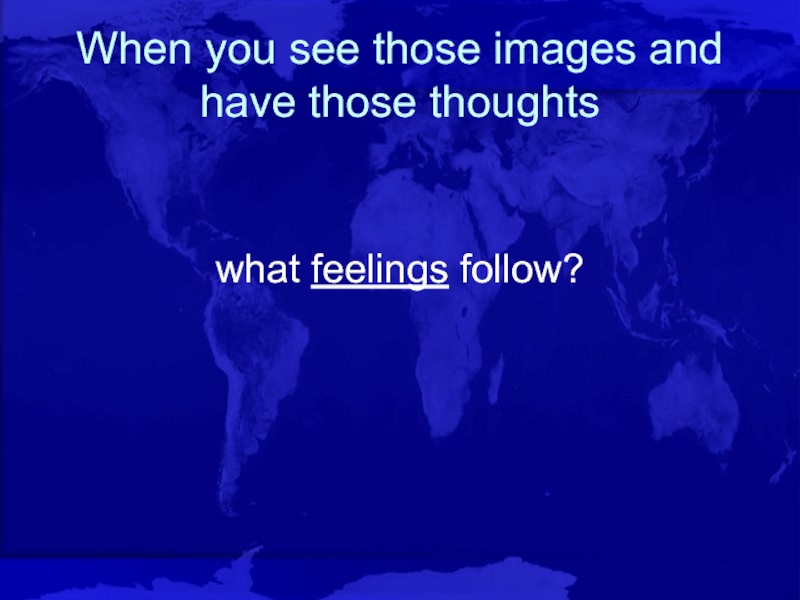

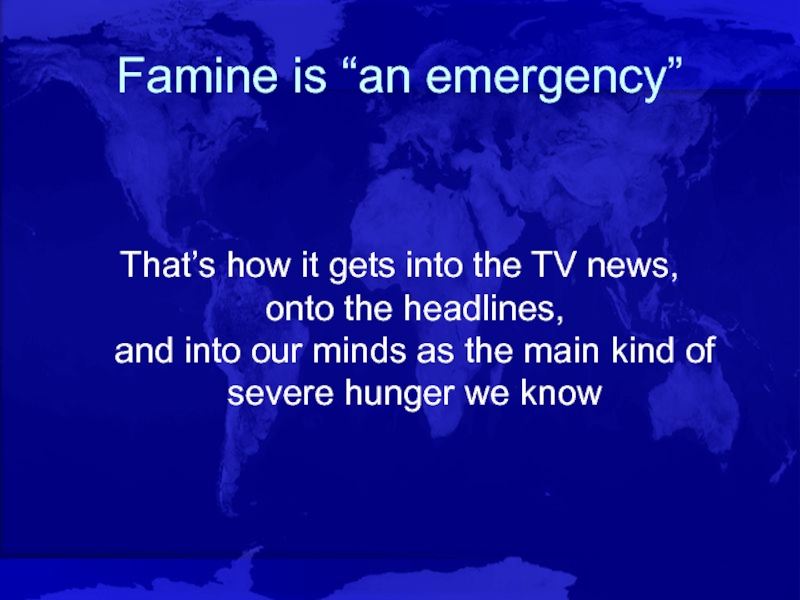
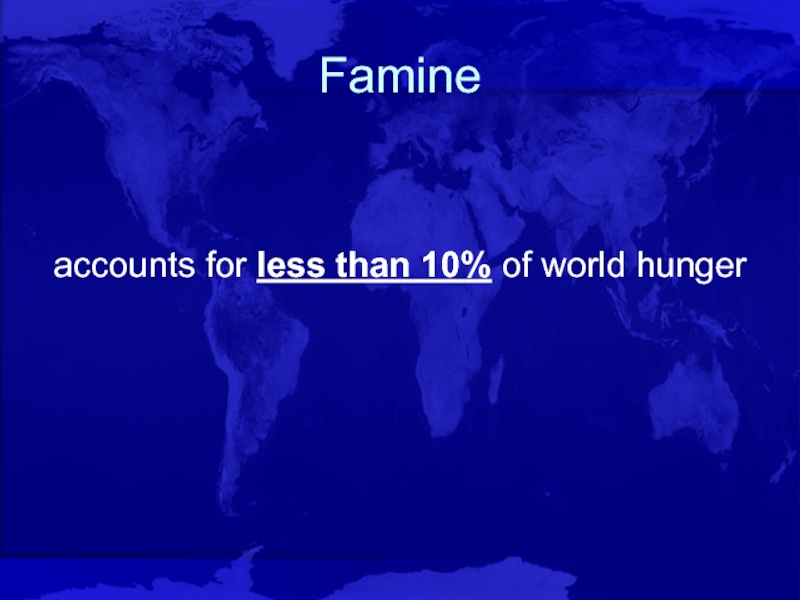
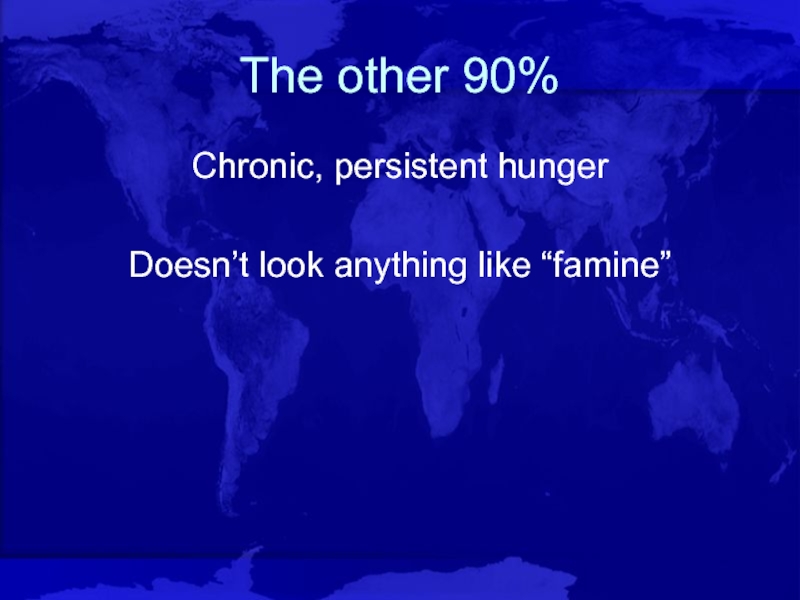
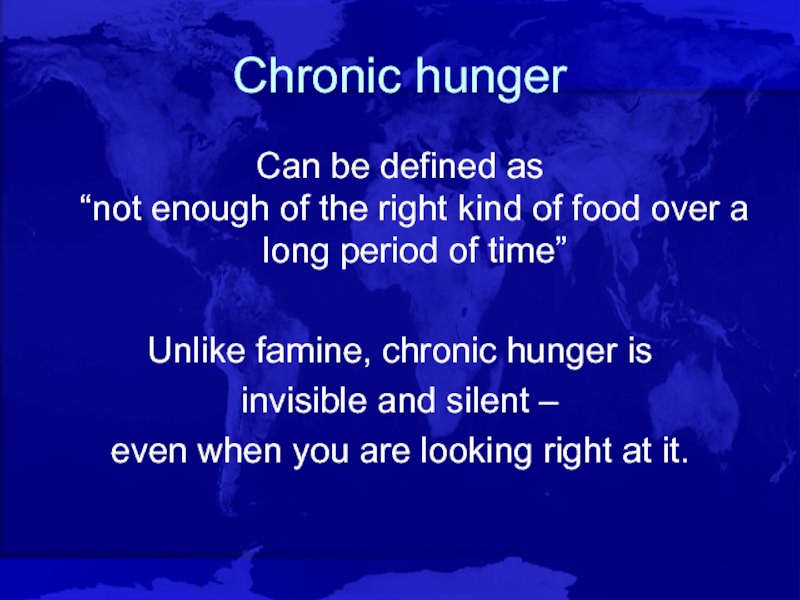
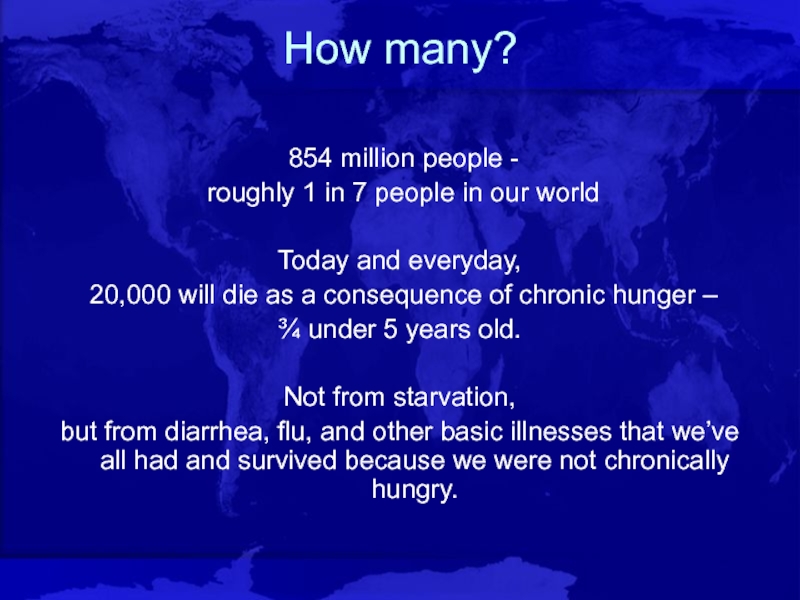
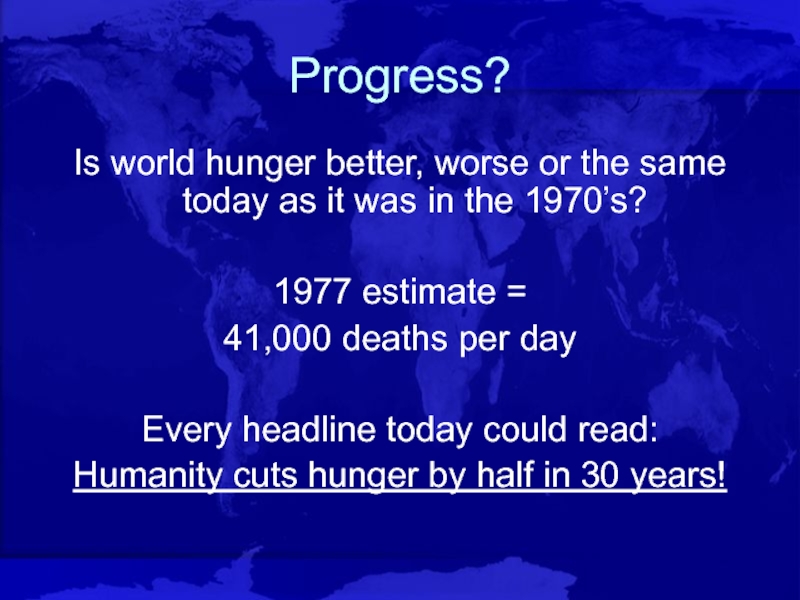
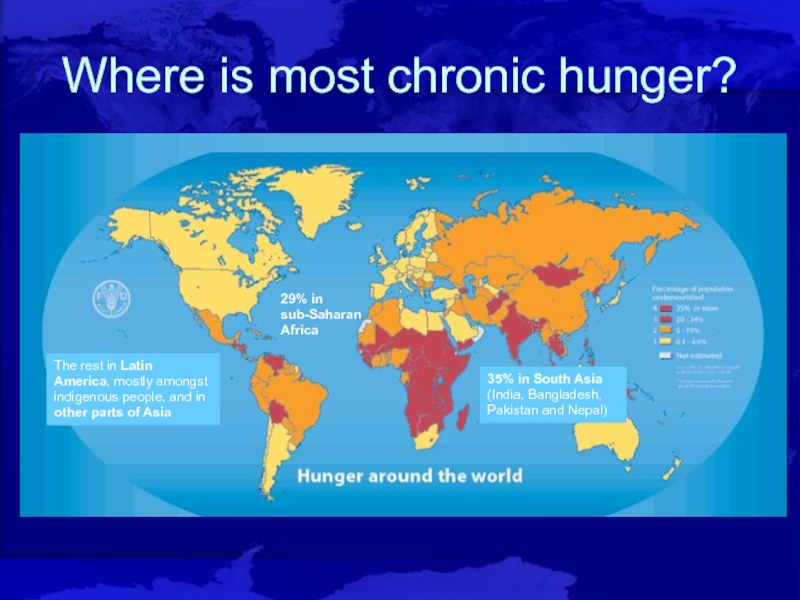
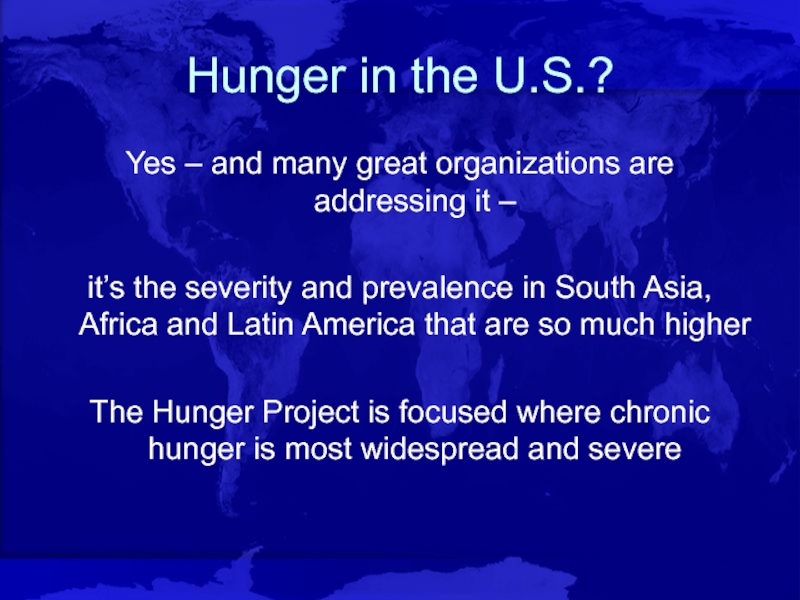
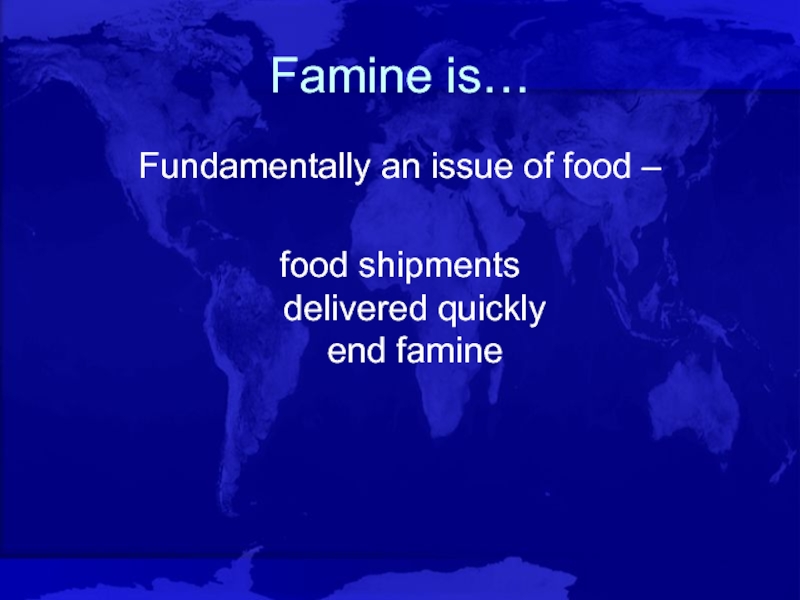
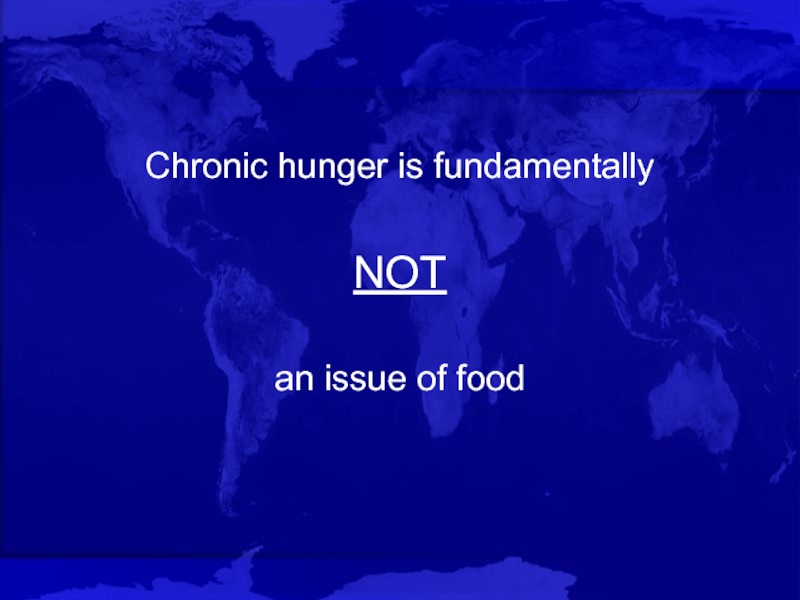
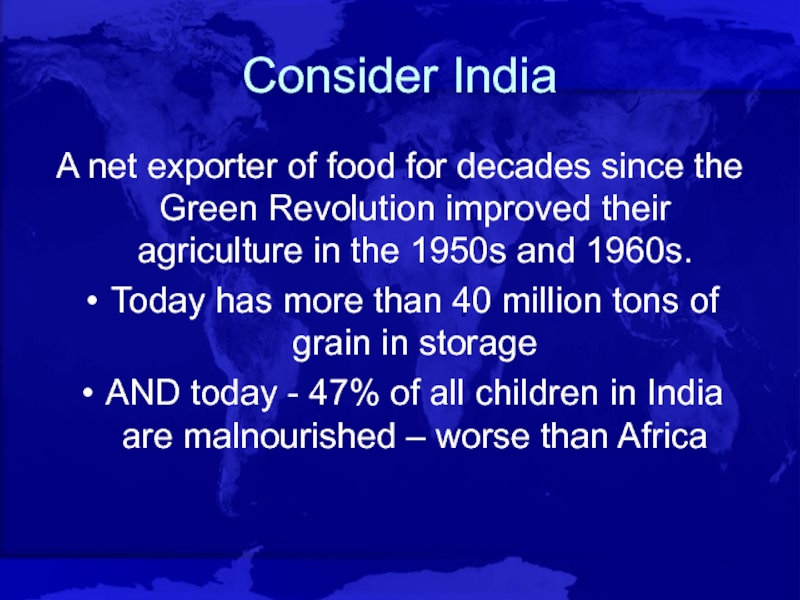
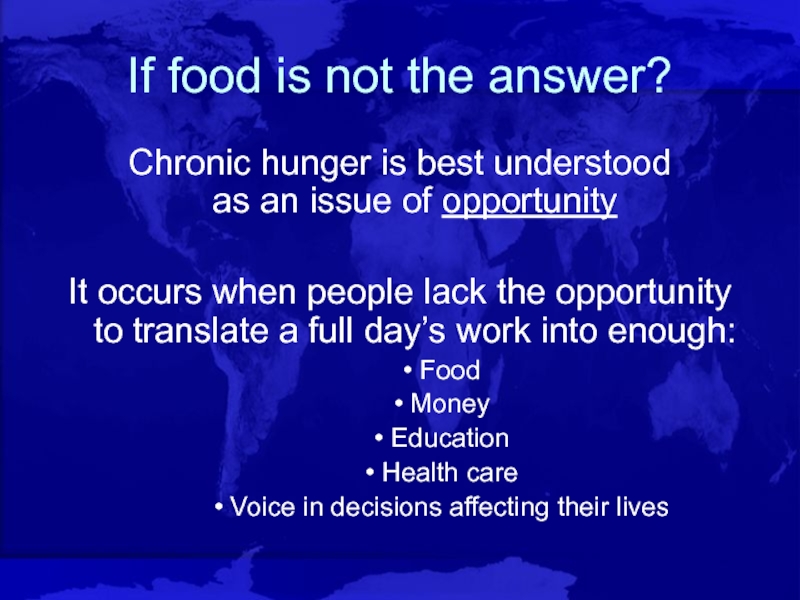
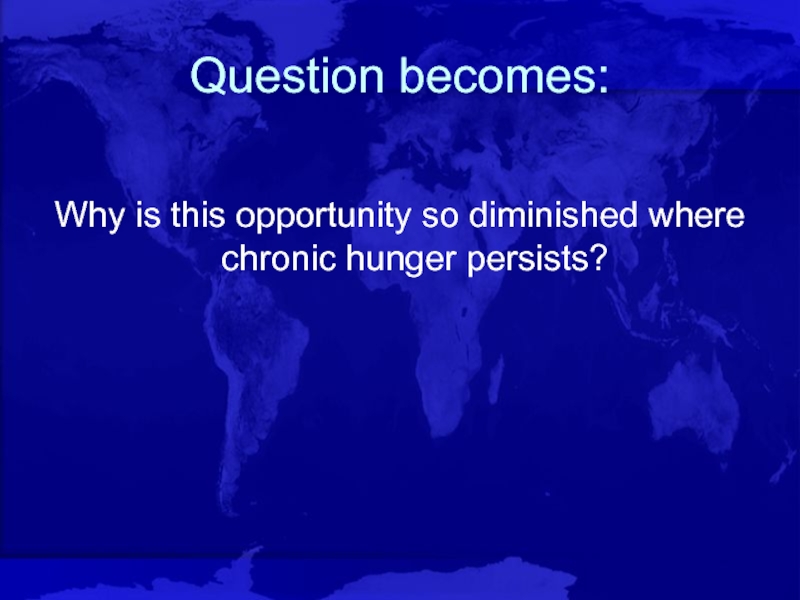
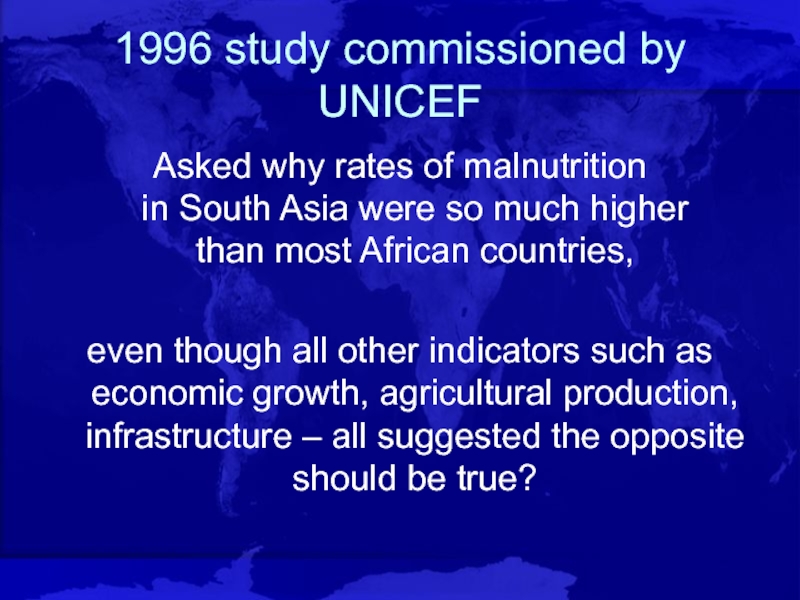
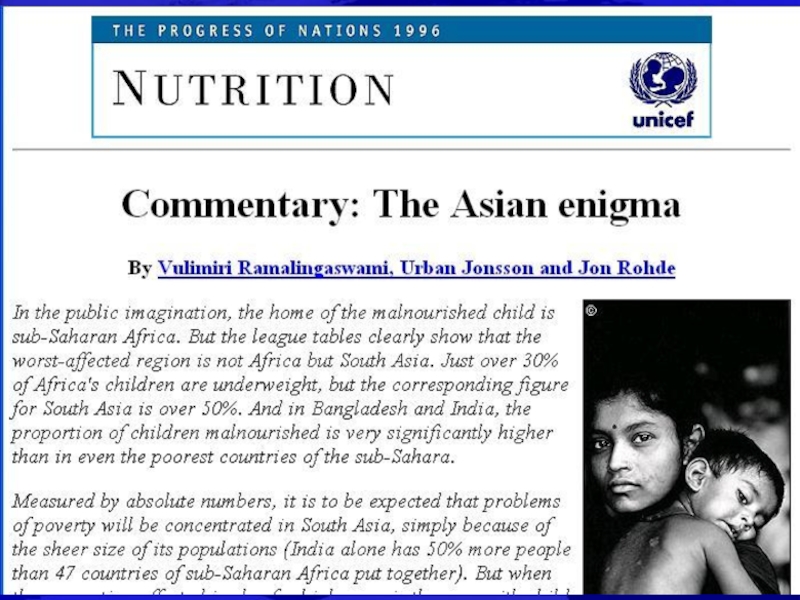


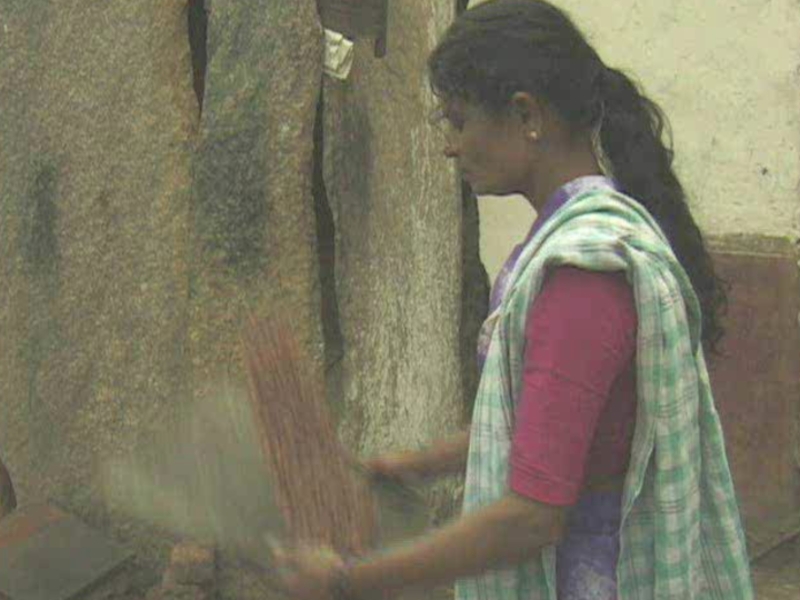
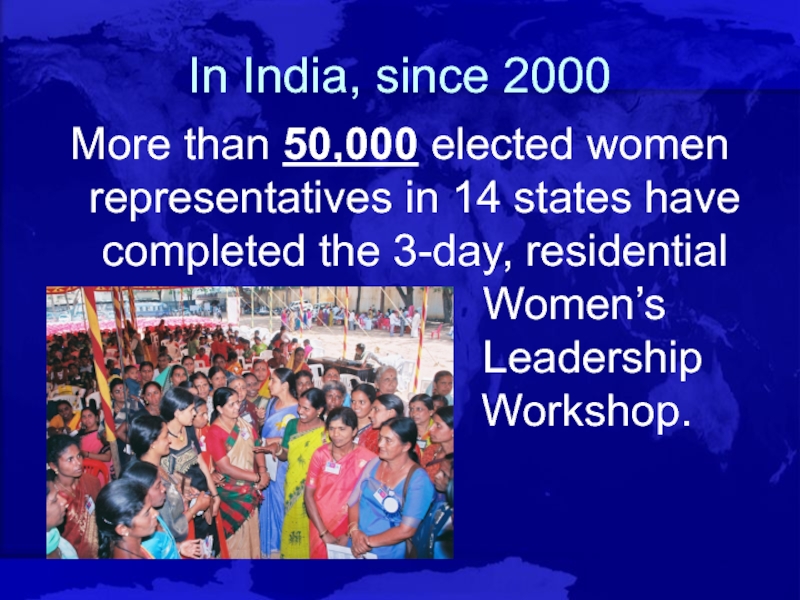
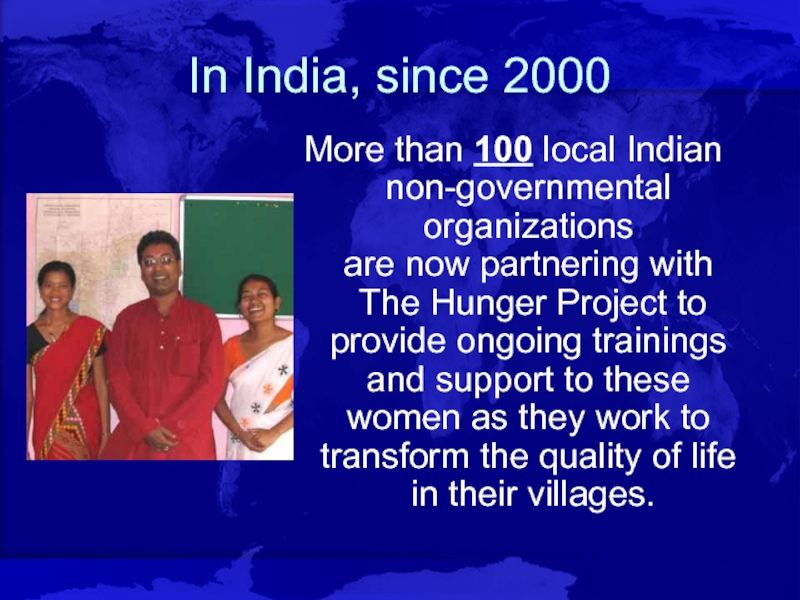

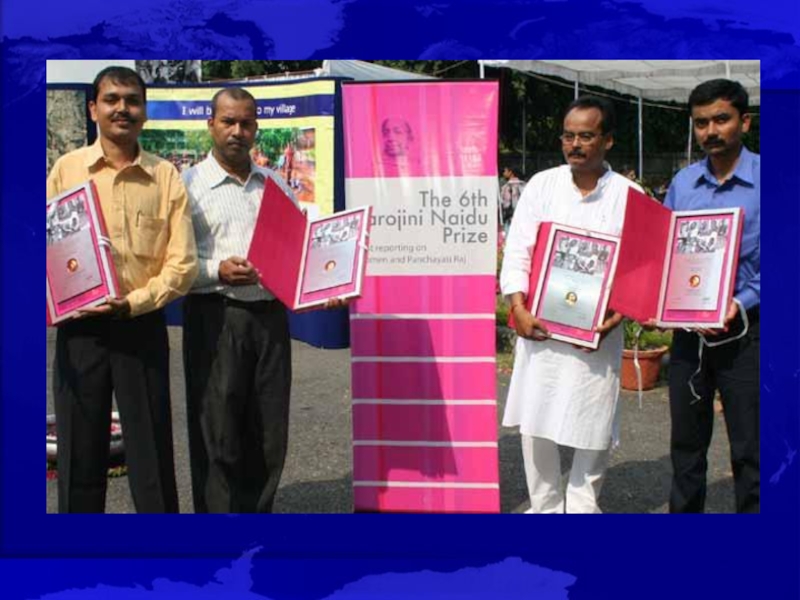
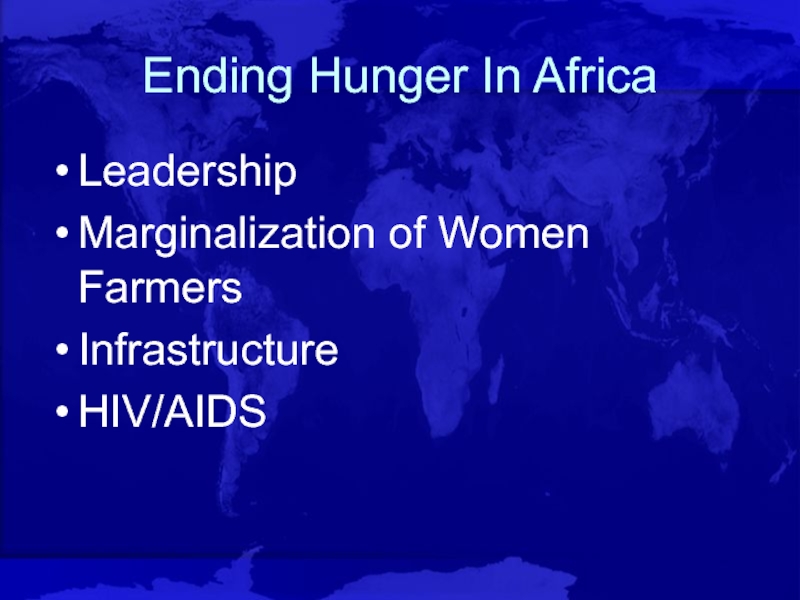
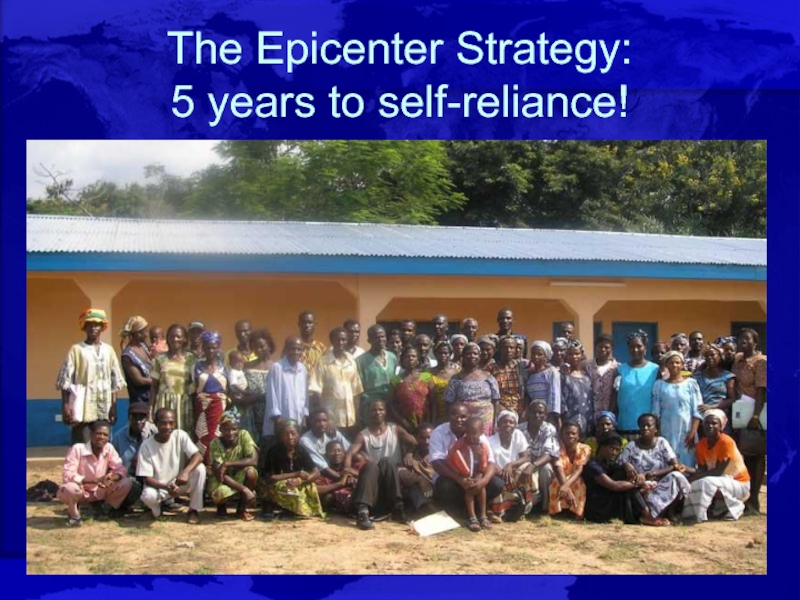
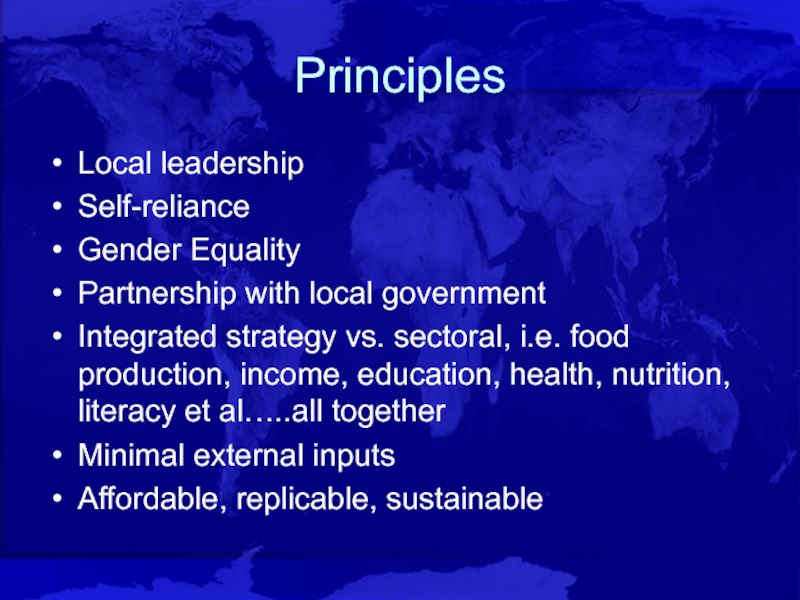
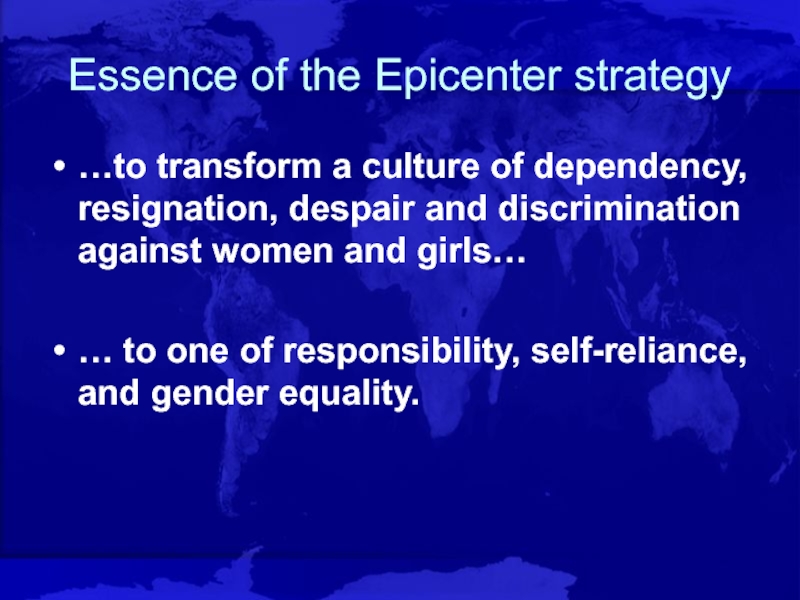
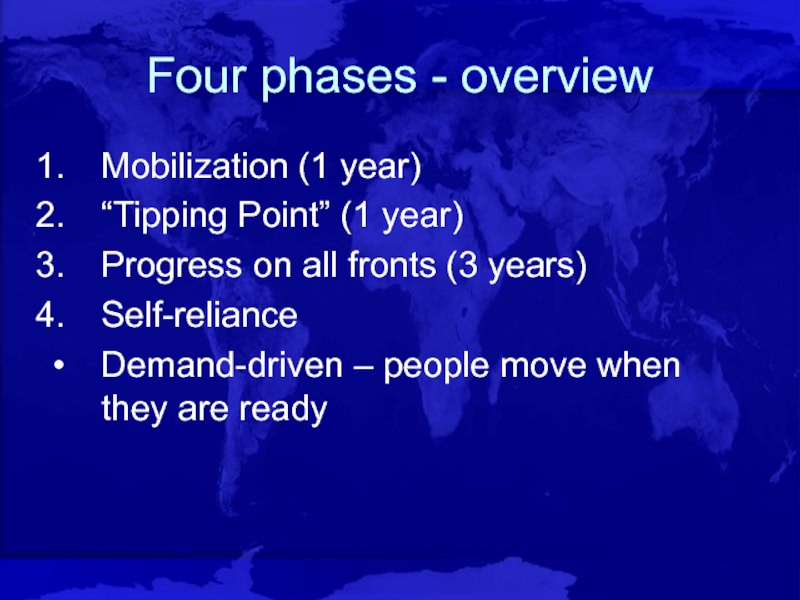
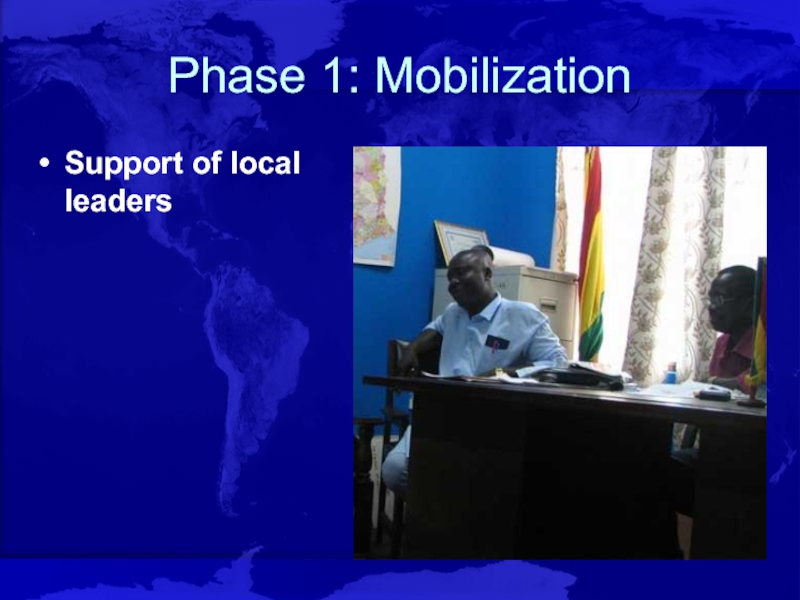
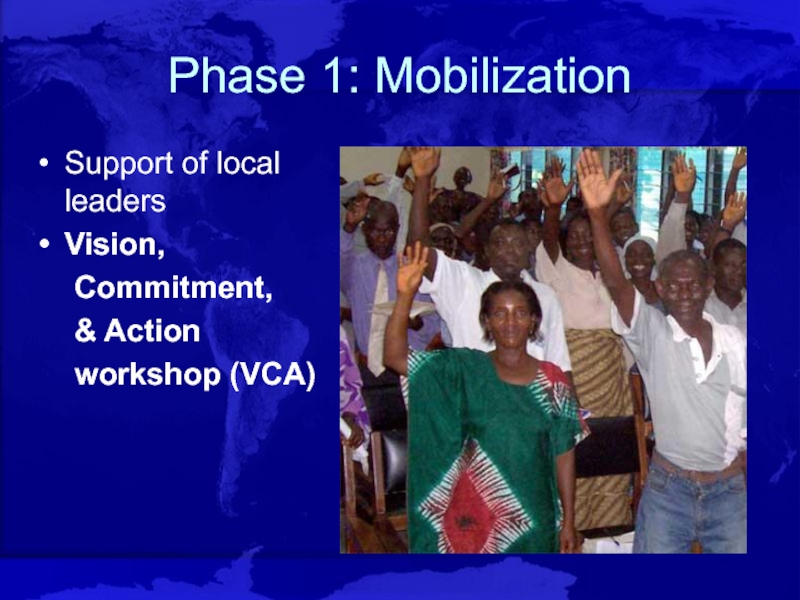
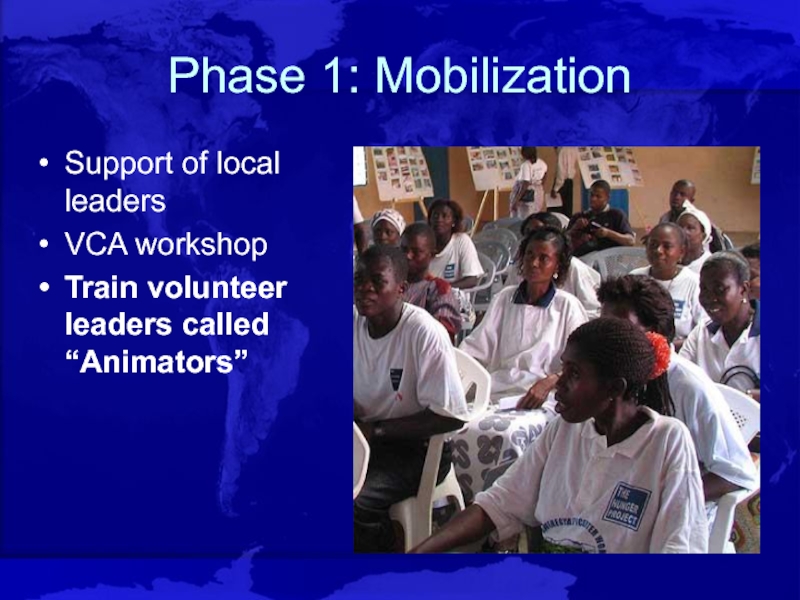
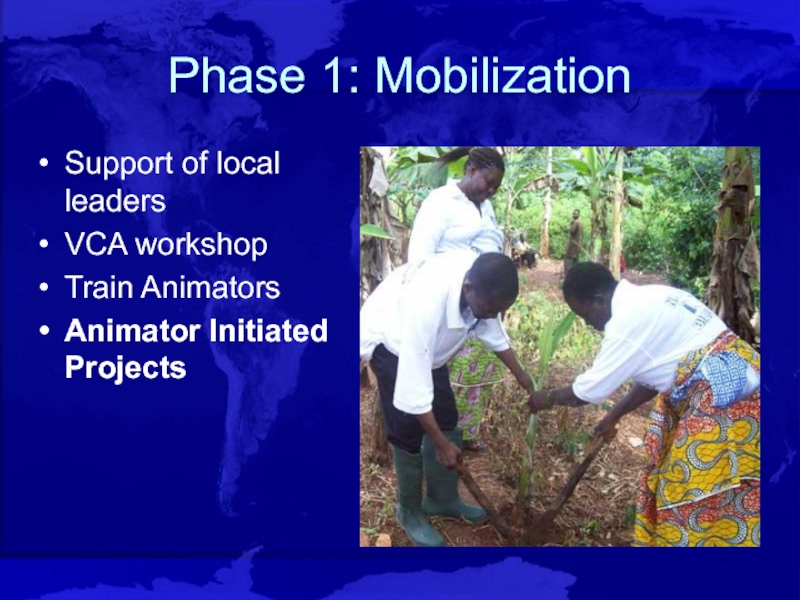
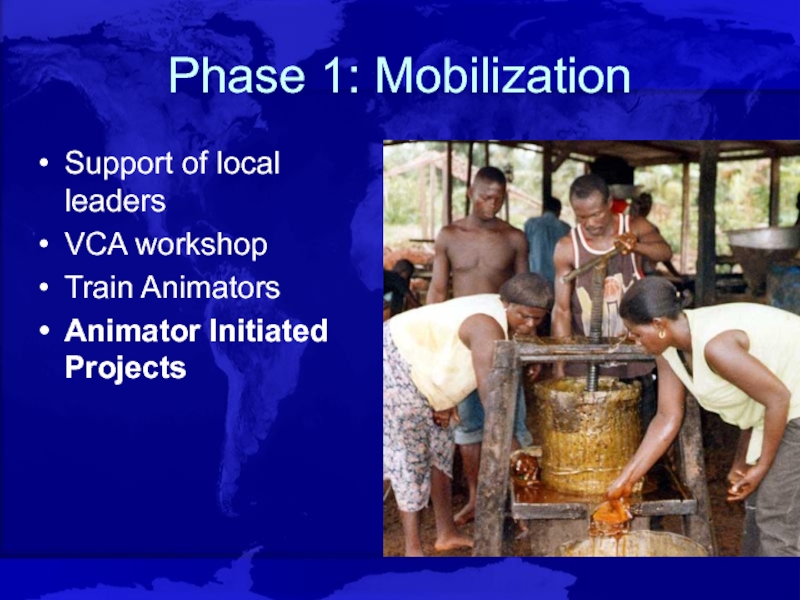

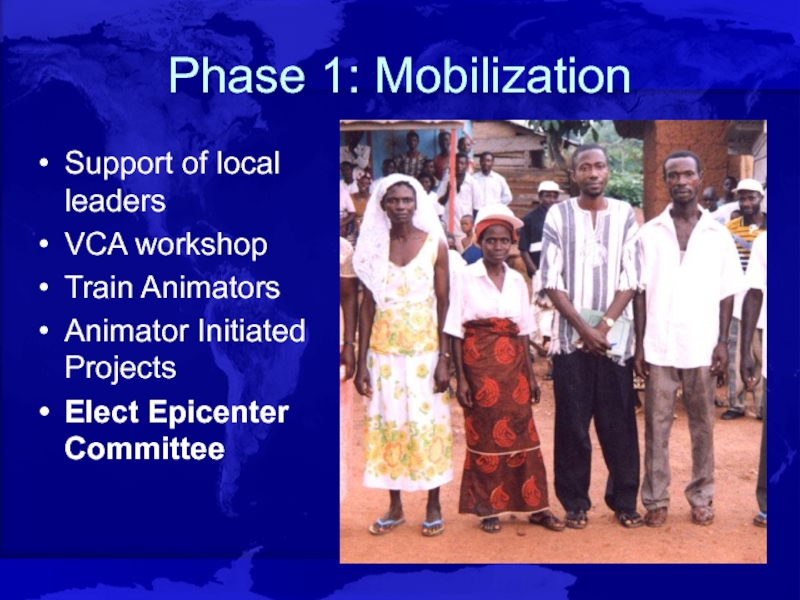
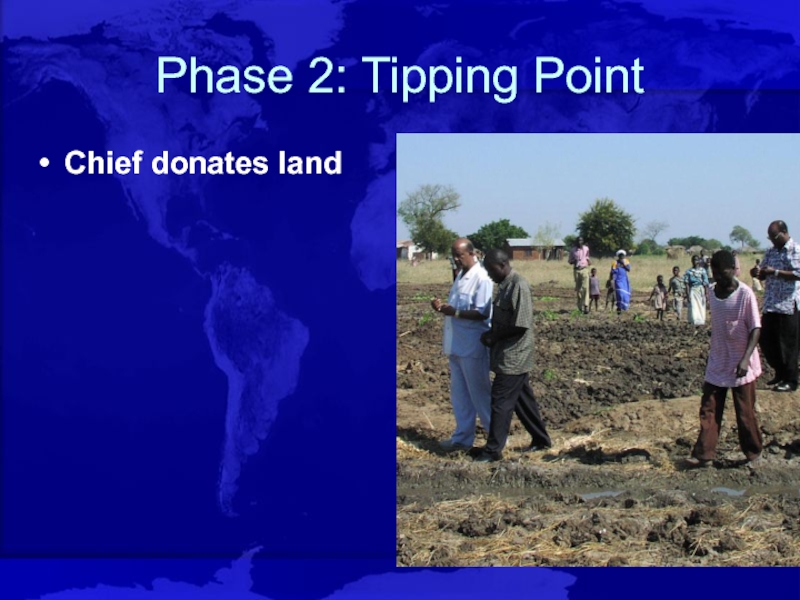
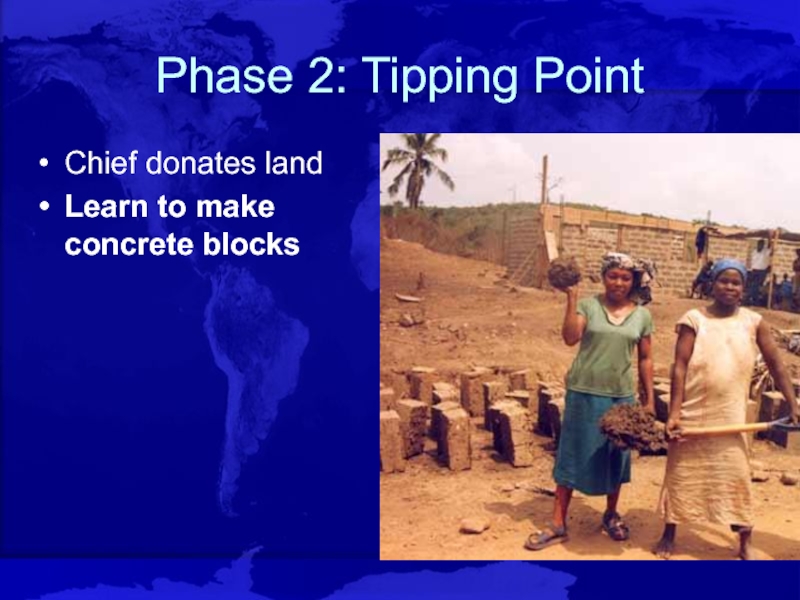
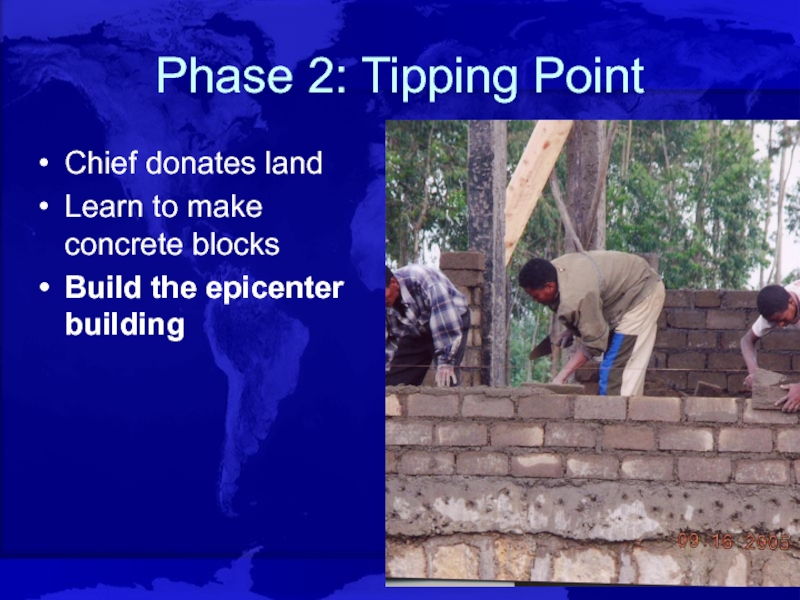

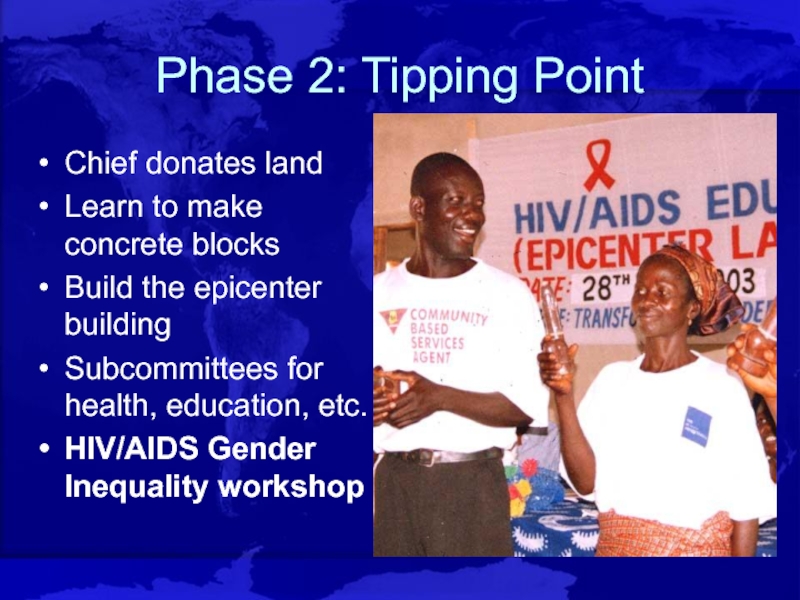
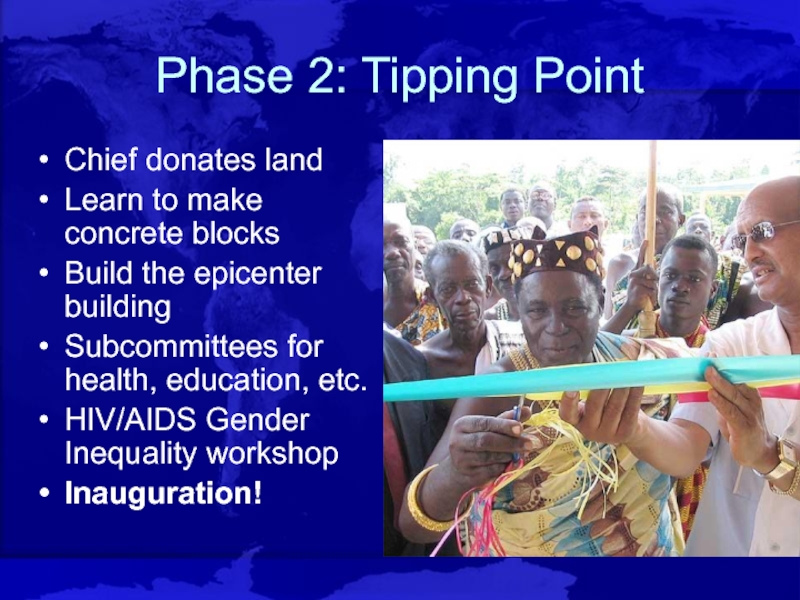
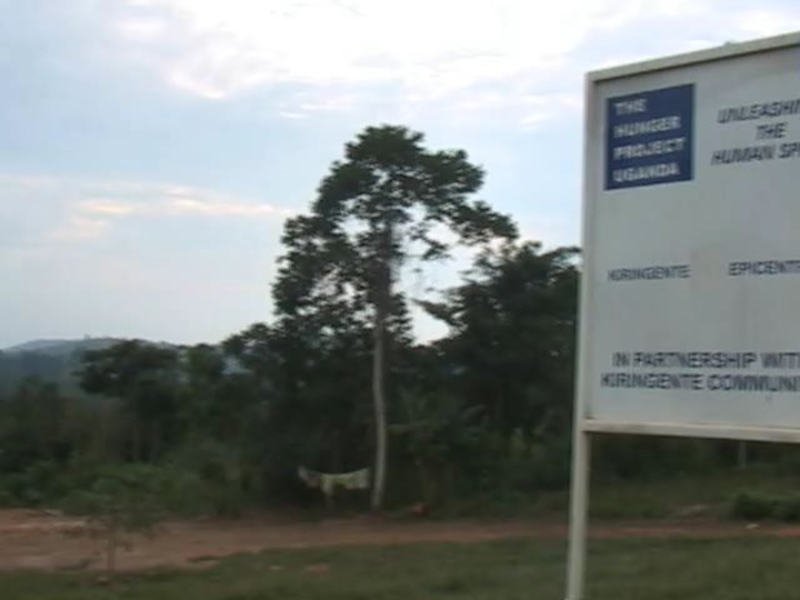
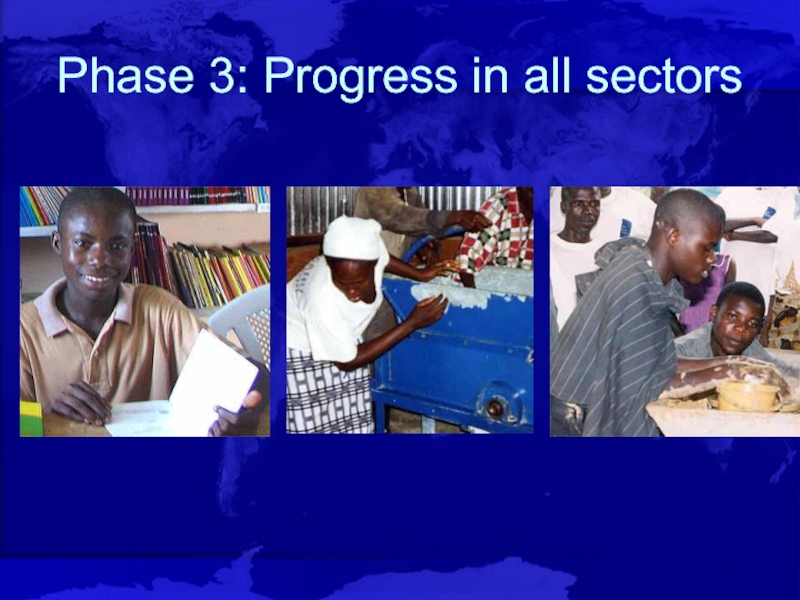
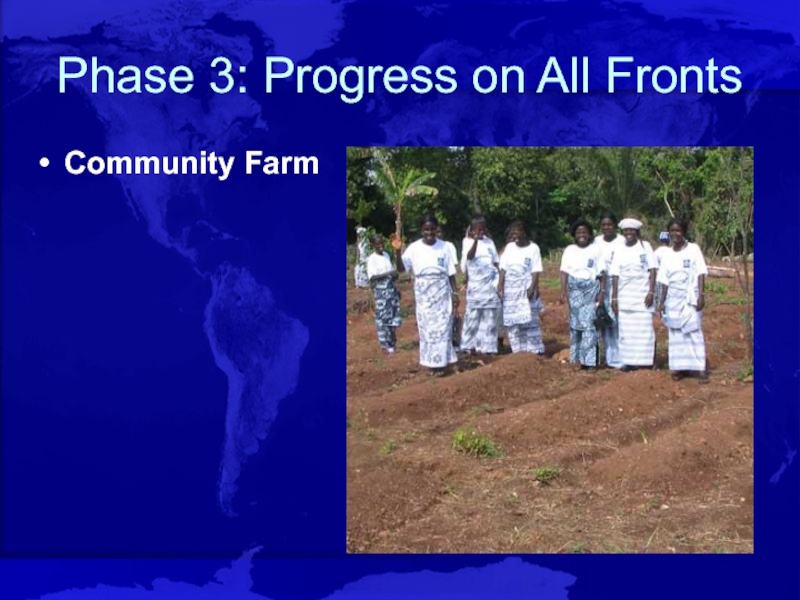

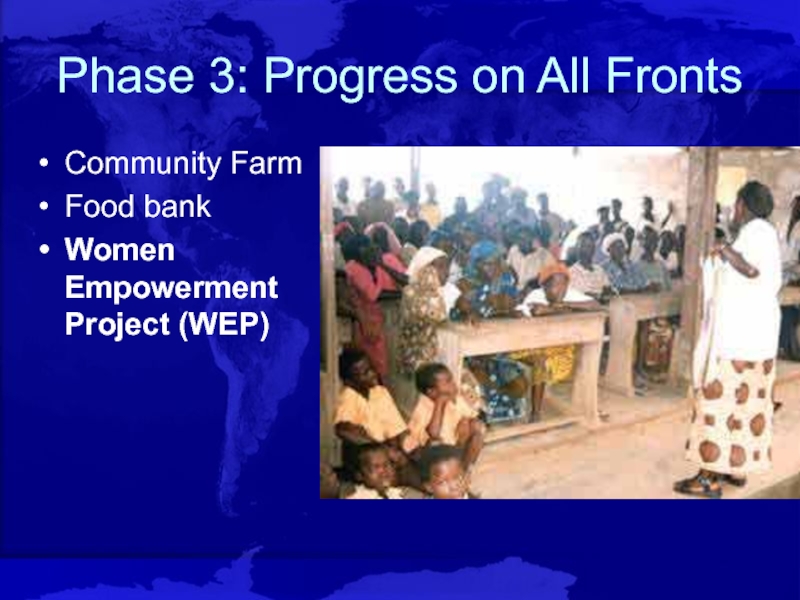
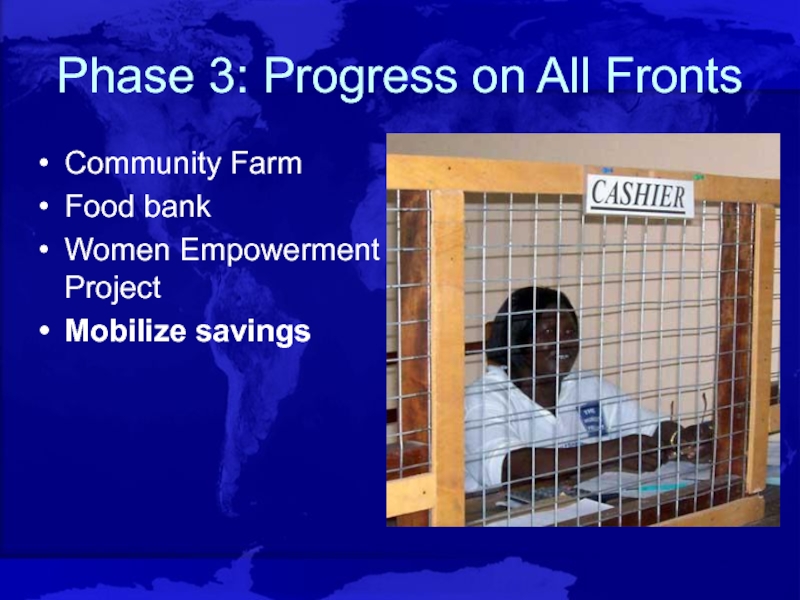
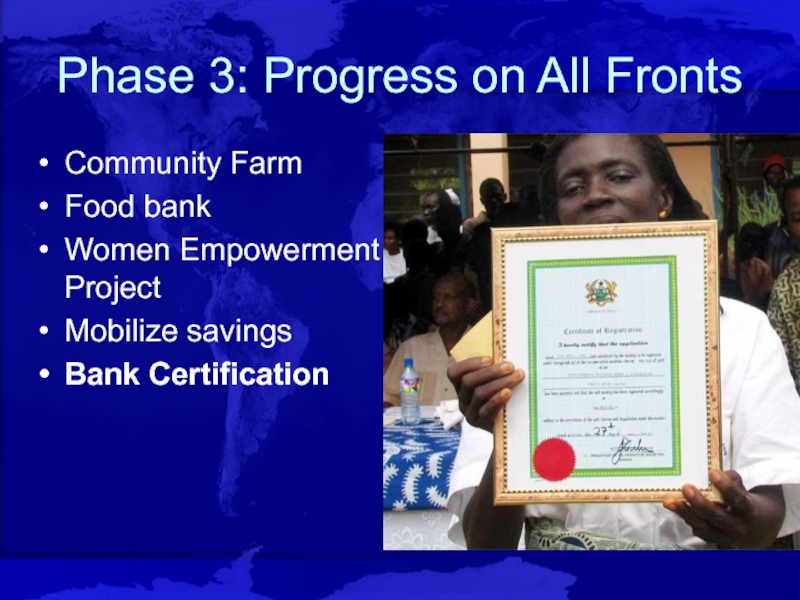


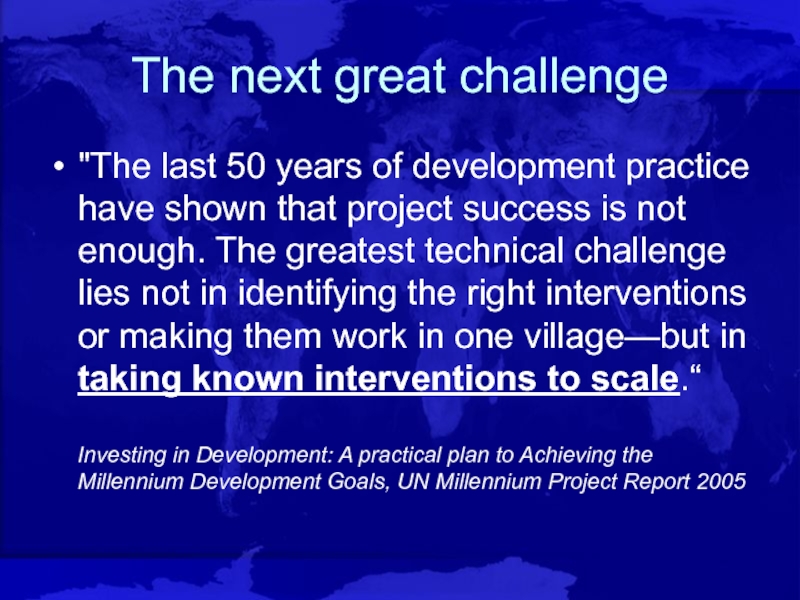
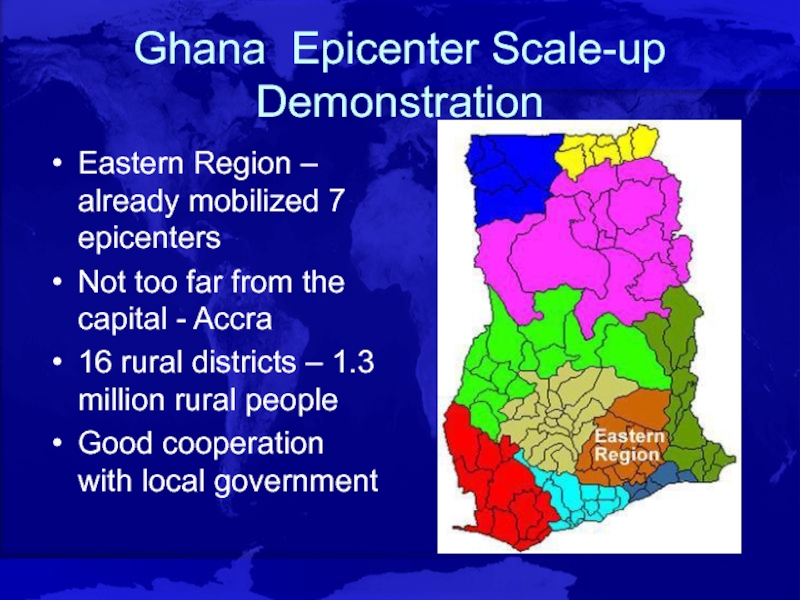
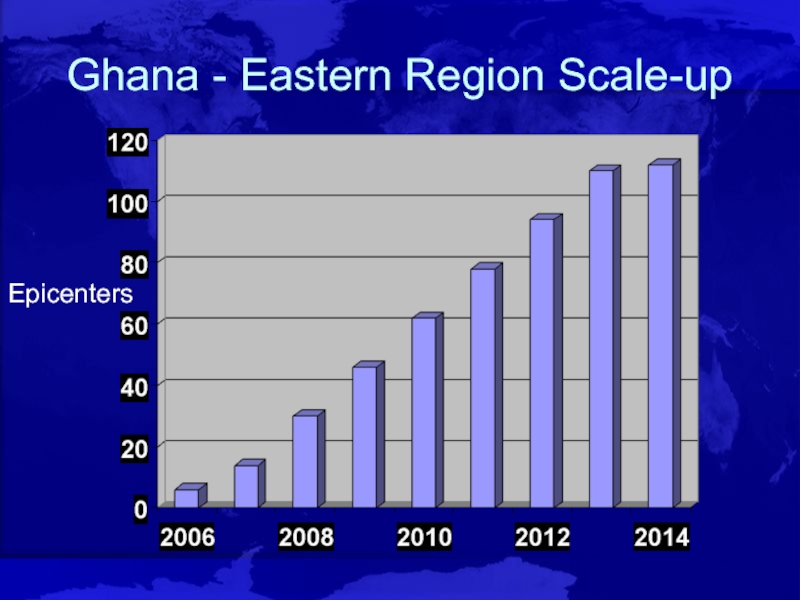
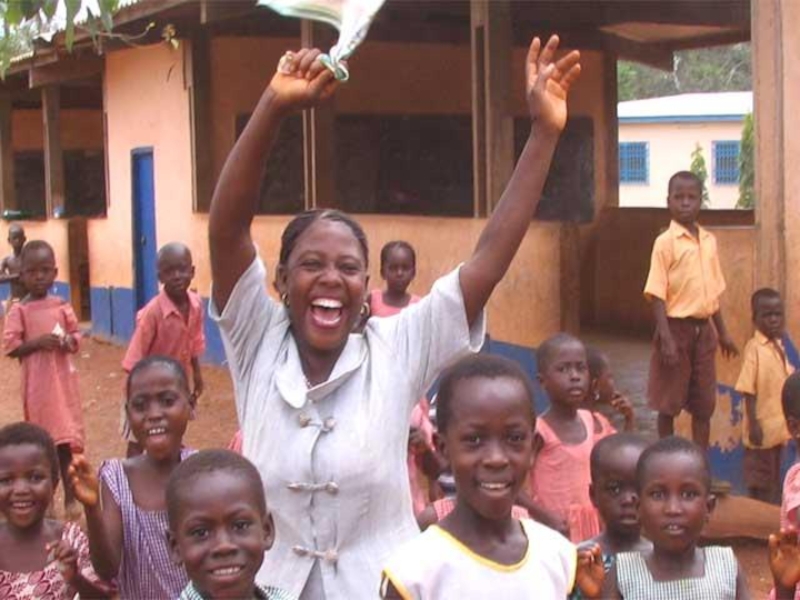

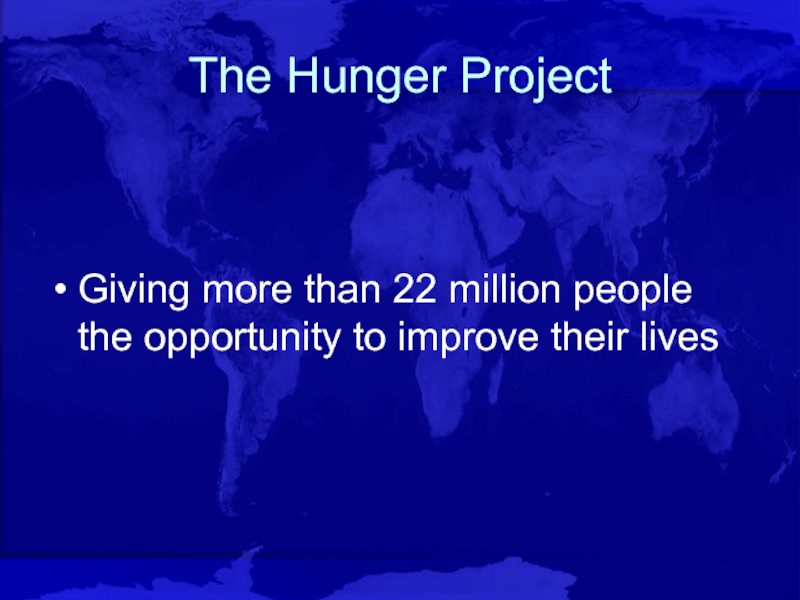
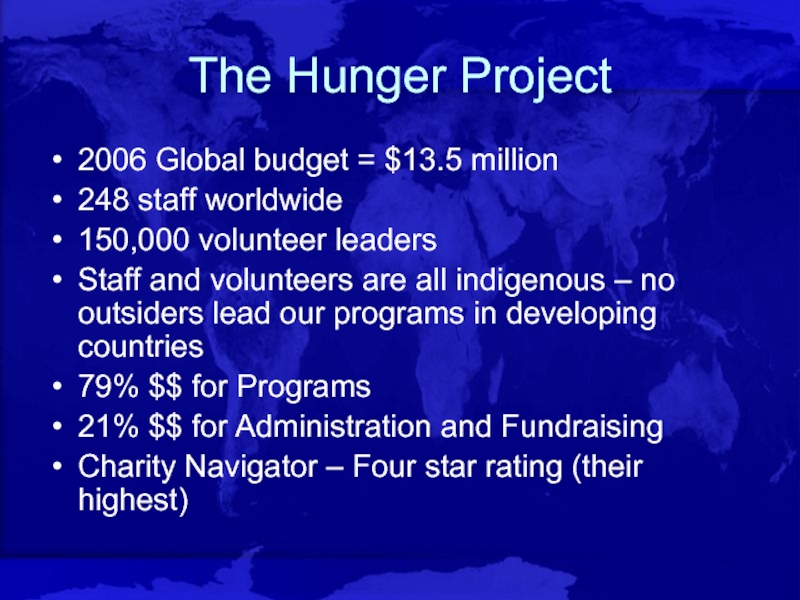

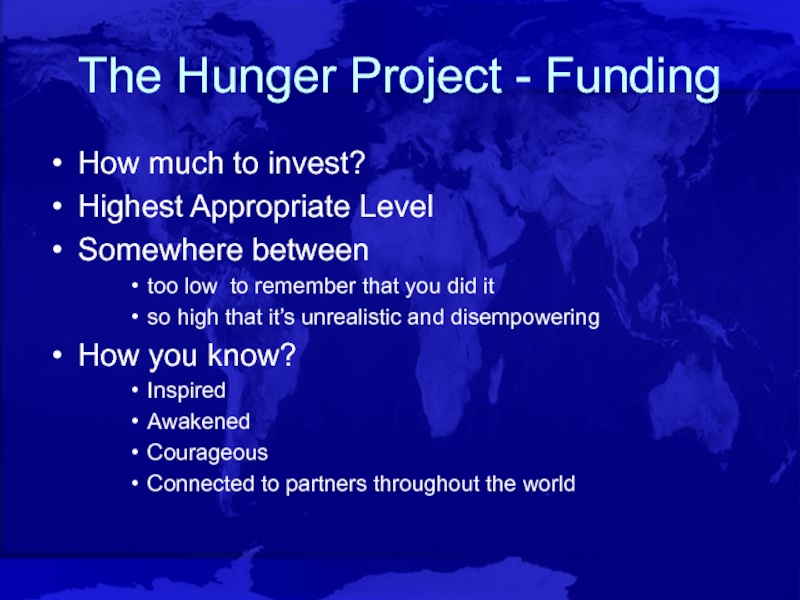


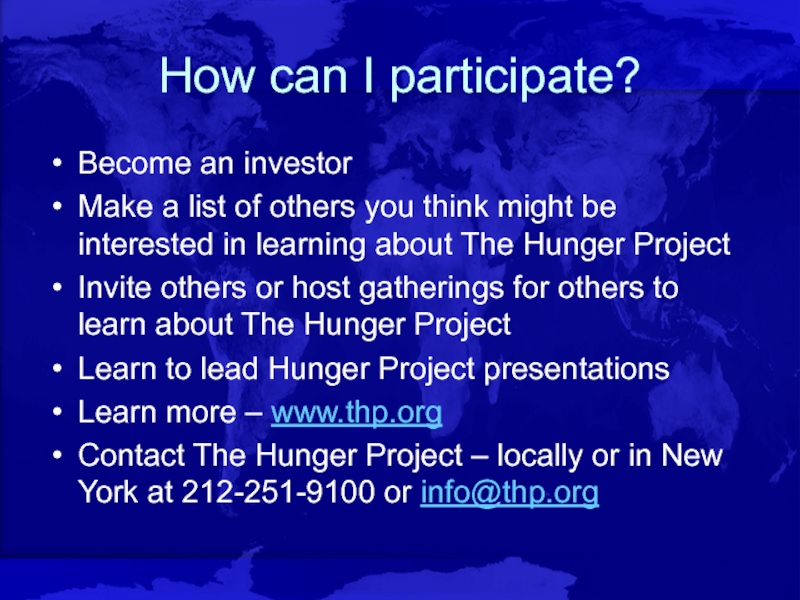



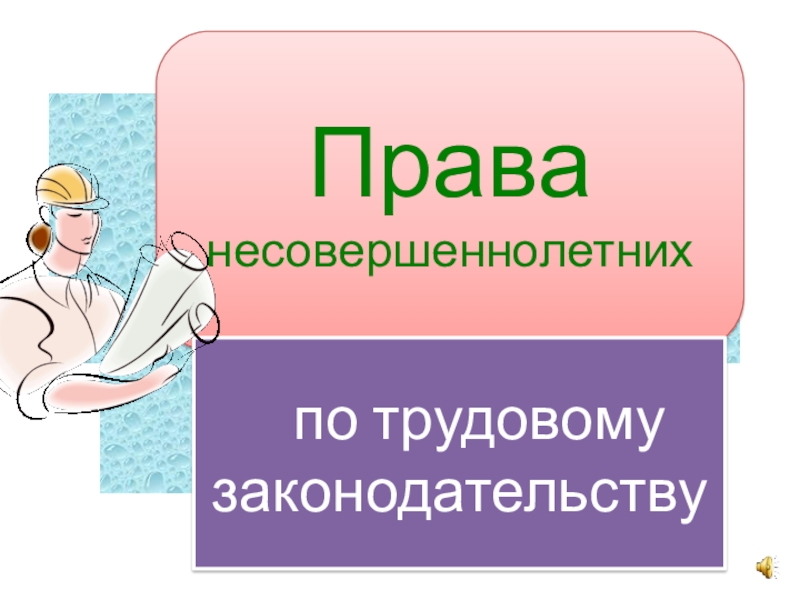
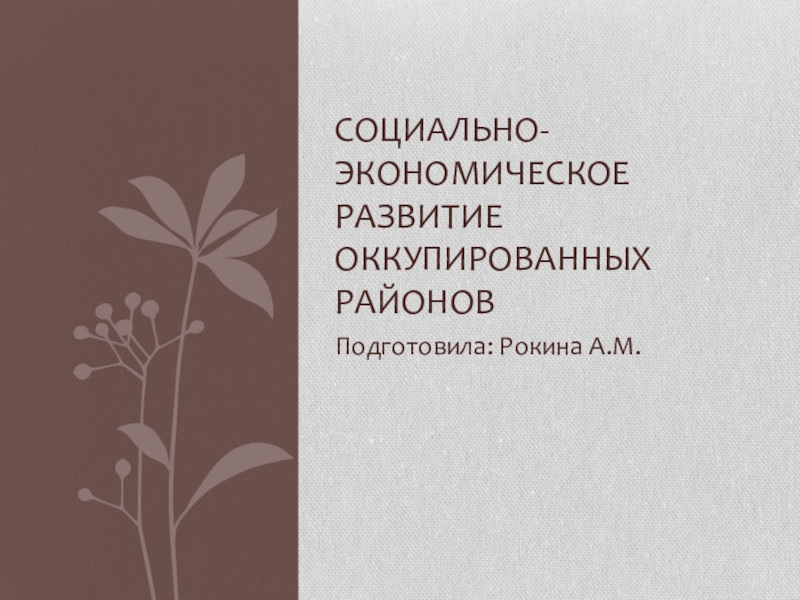
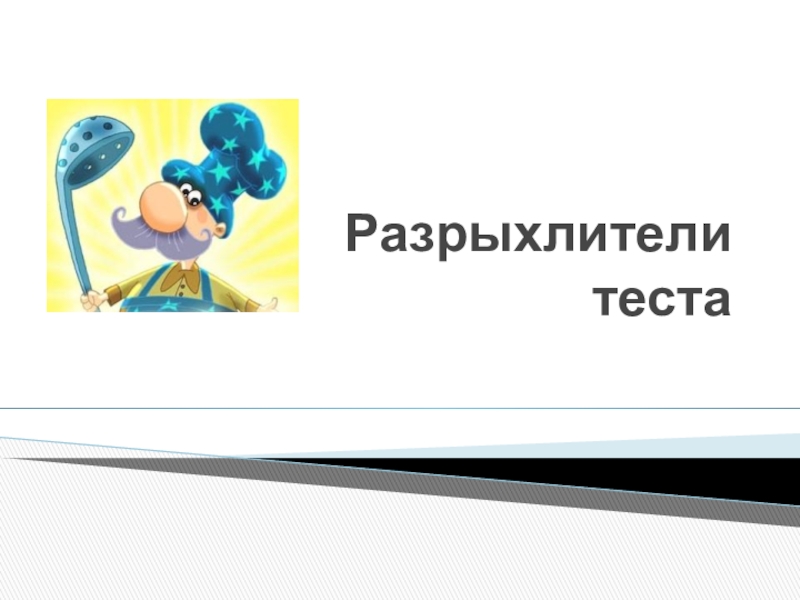
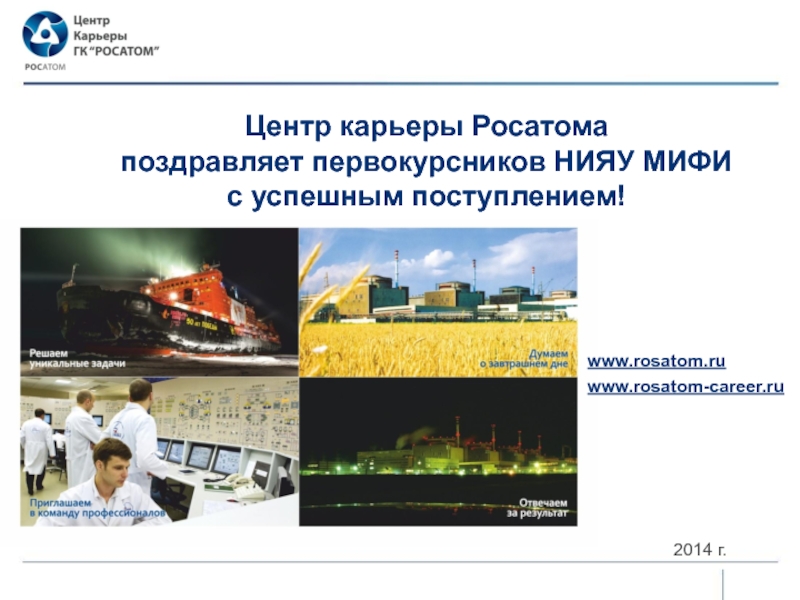
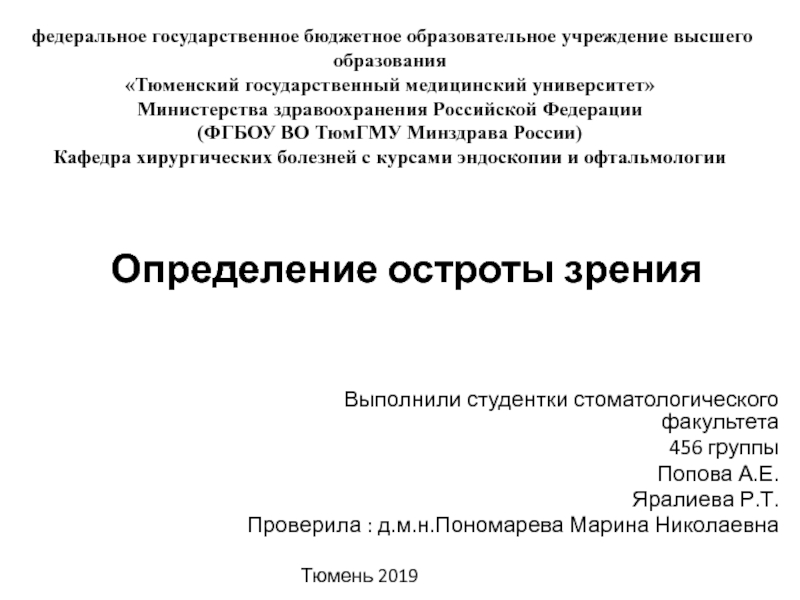
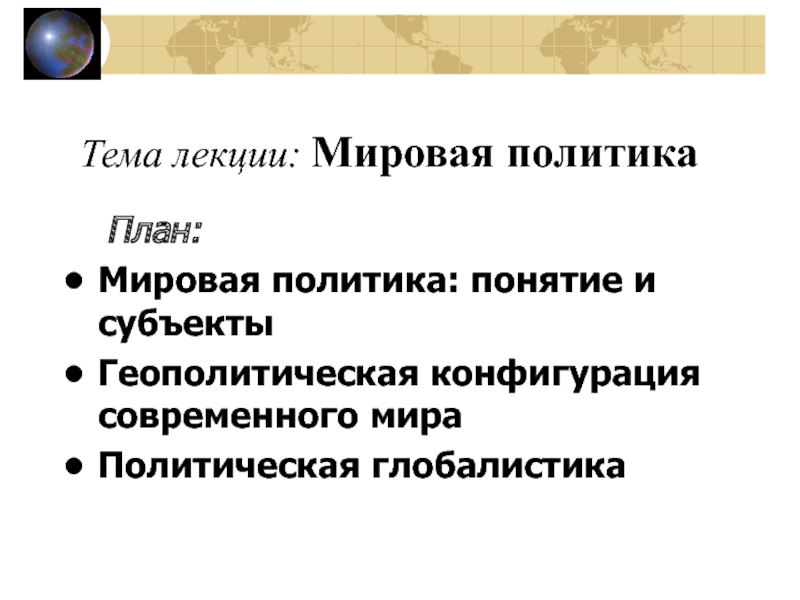

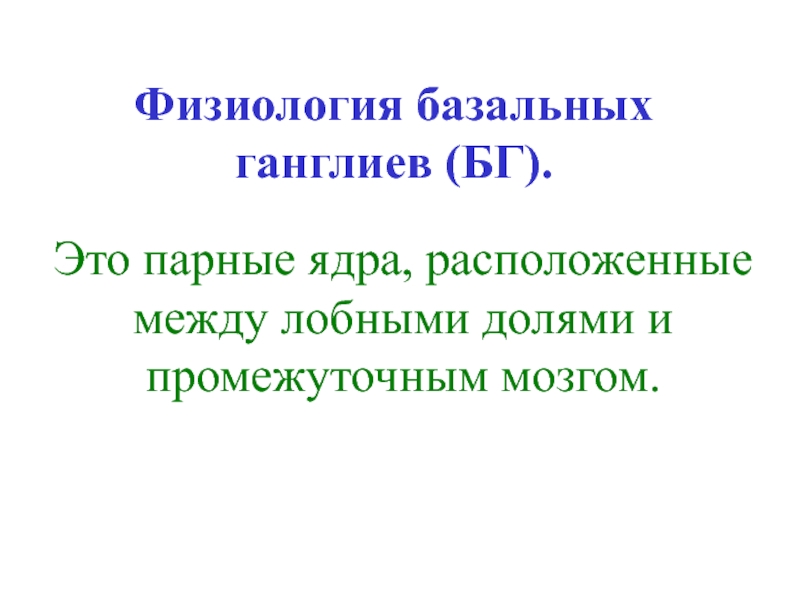

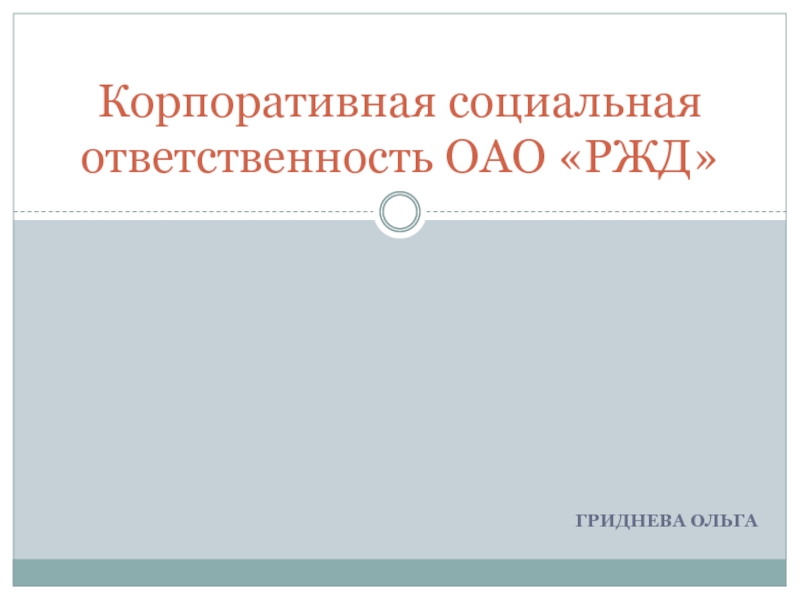
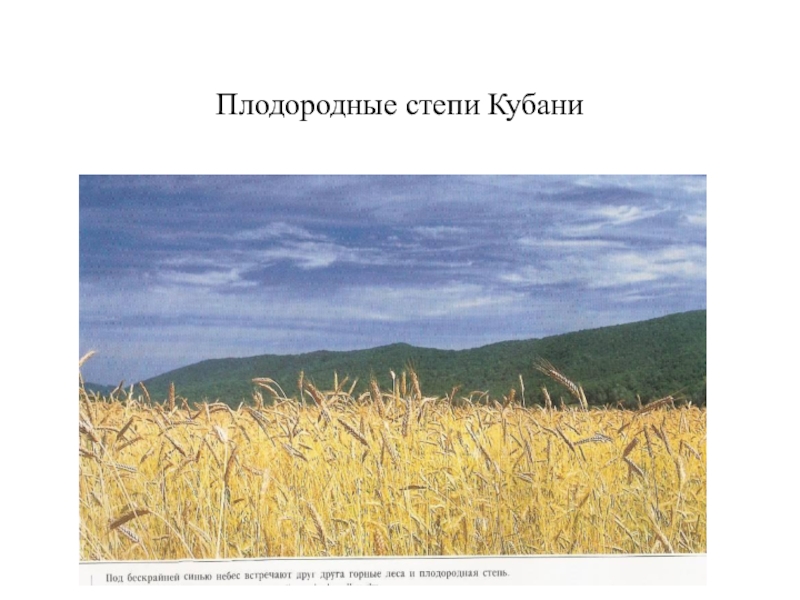
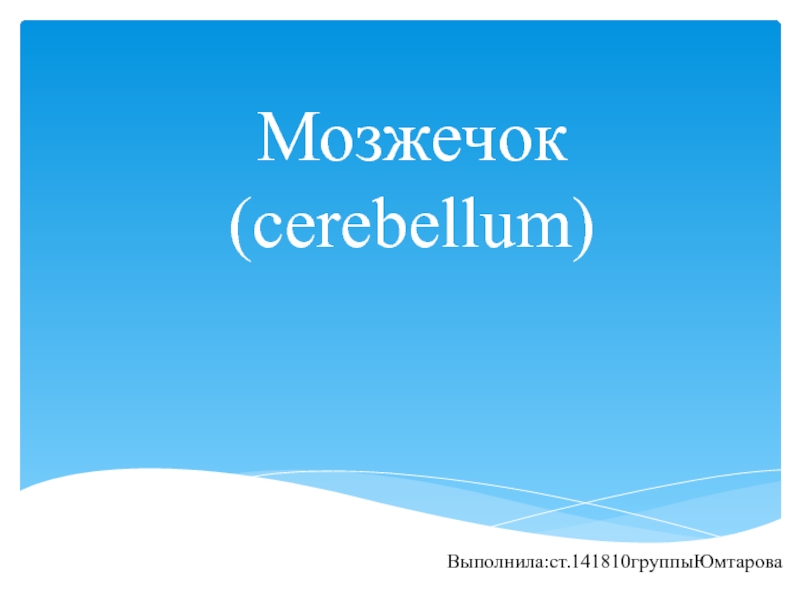
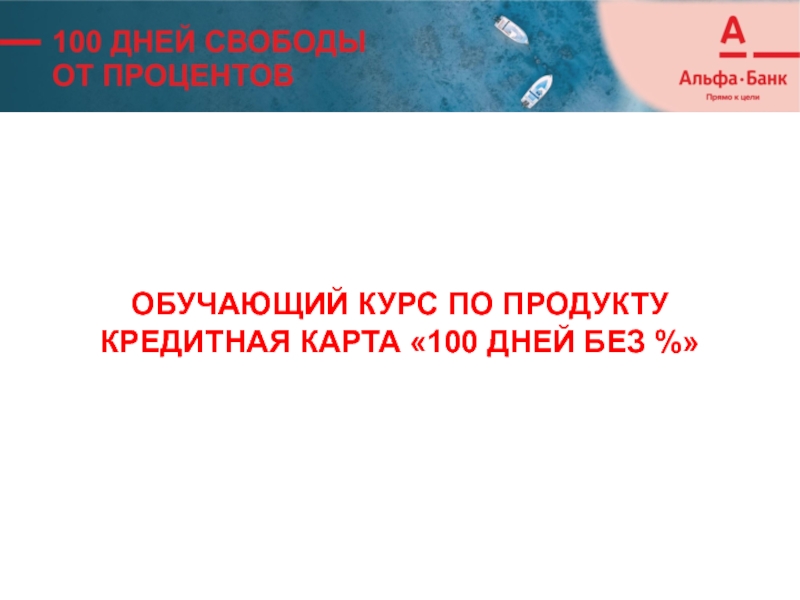
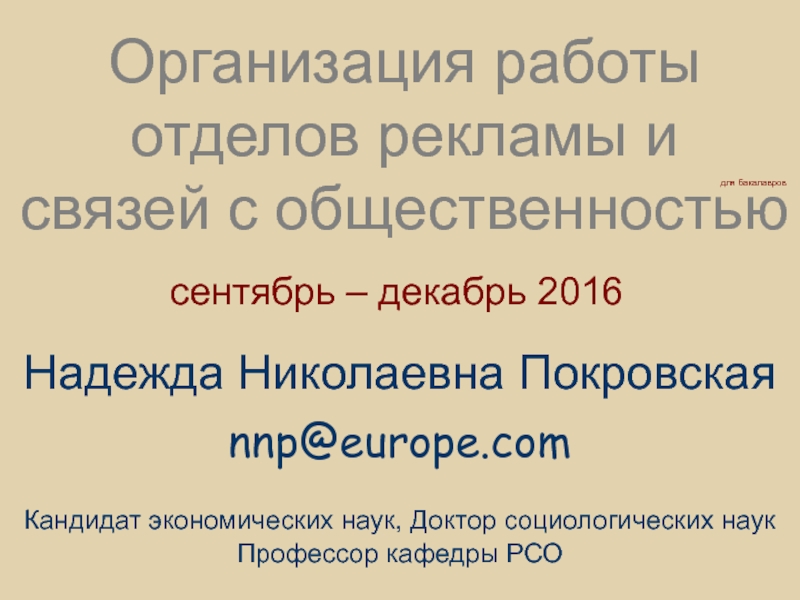

![Согласные звуки [г], [г’] - Буквы Гг](/img/thumbs/0ec2b762572533137713037bdcdb0875-800x.jpg)


